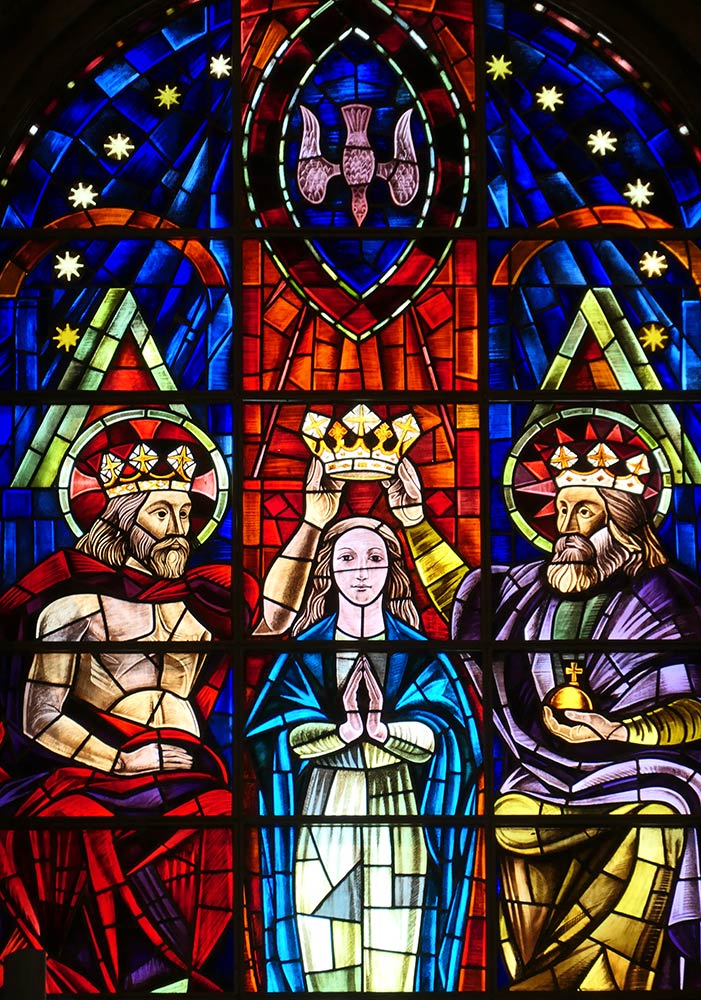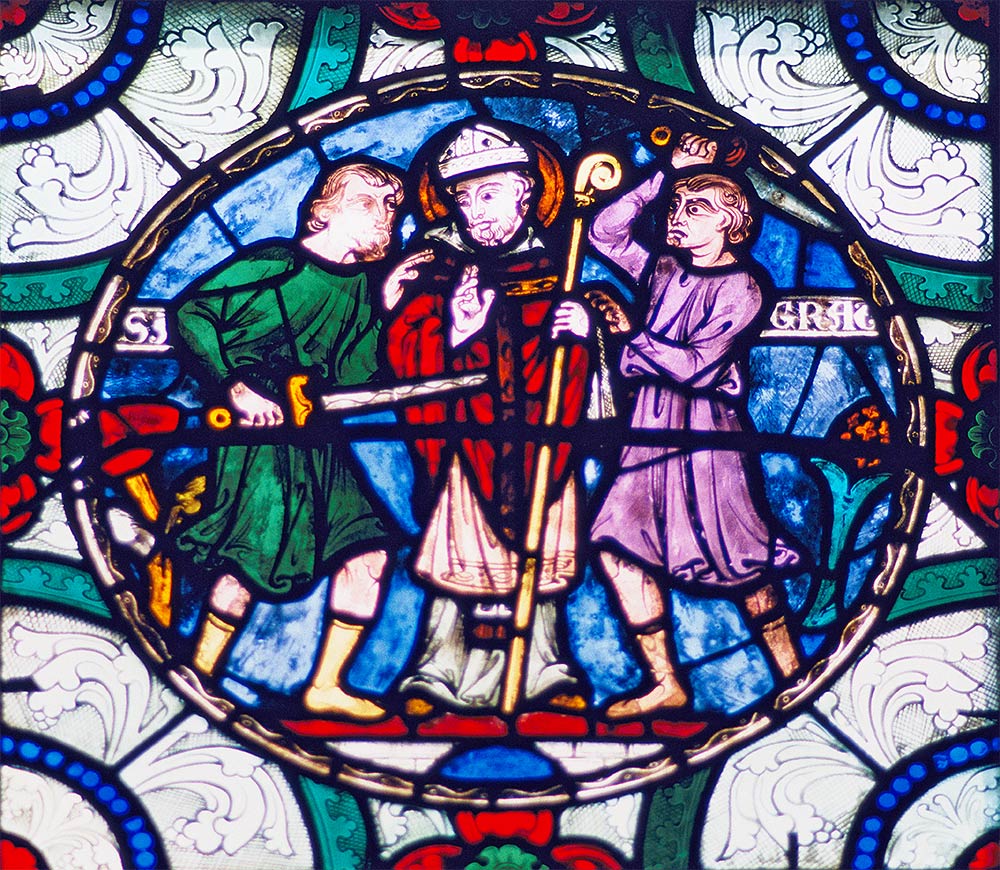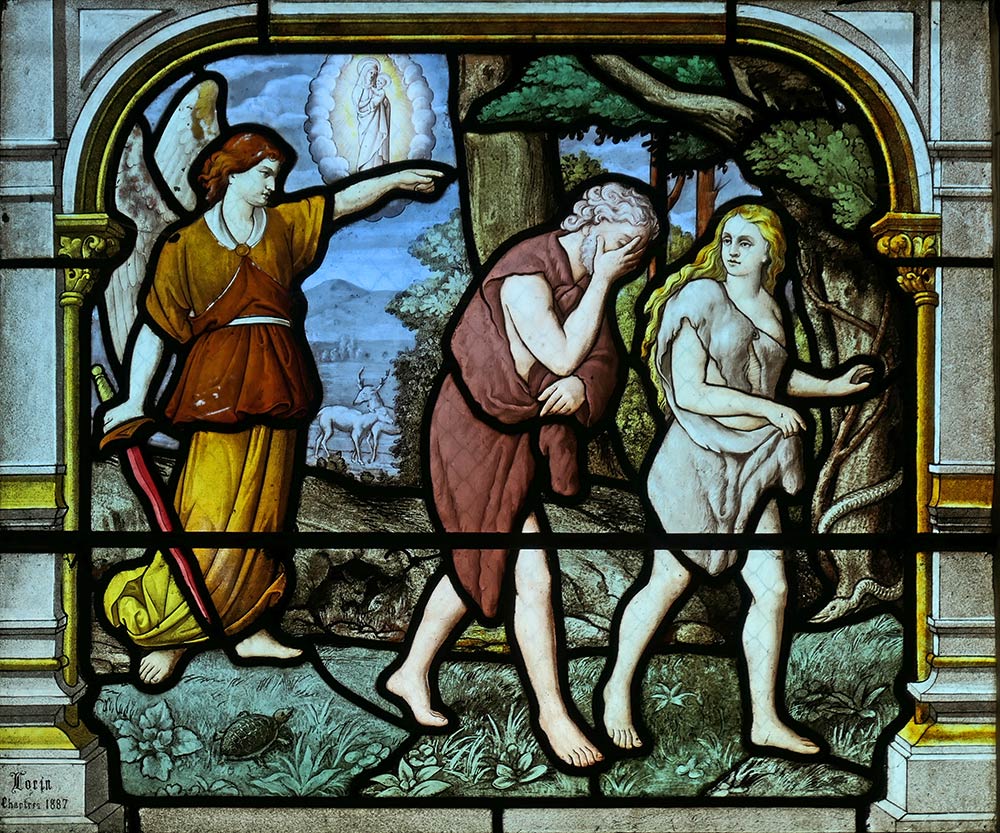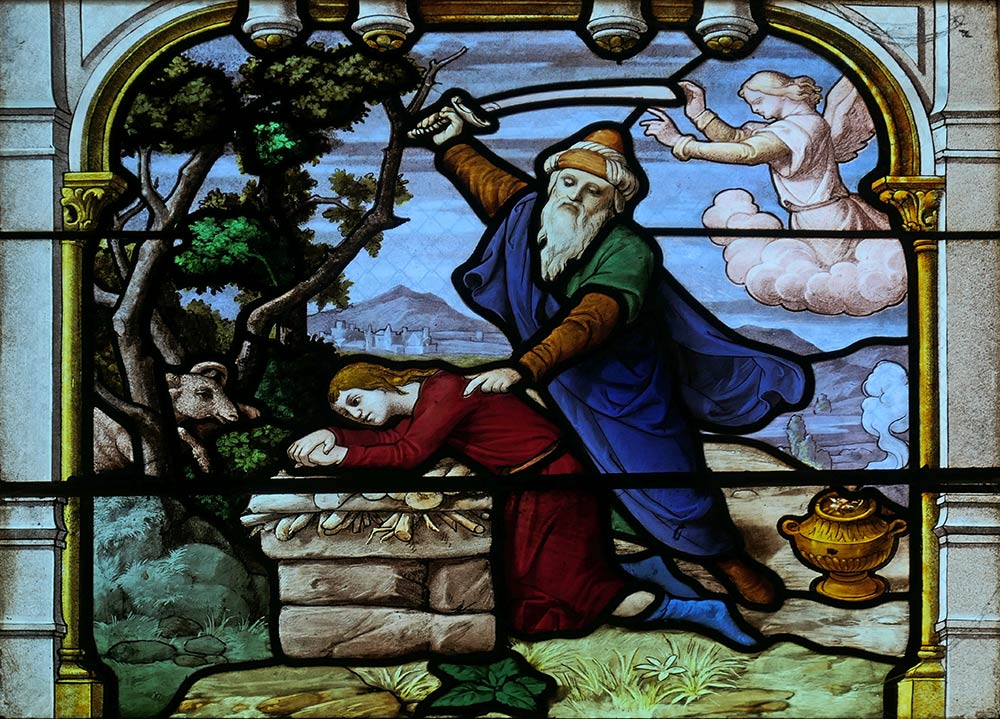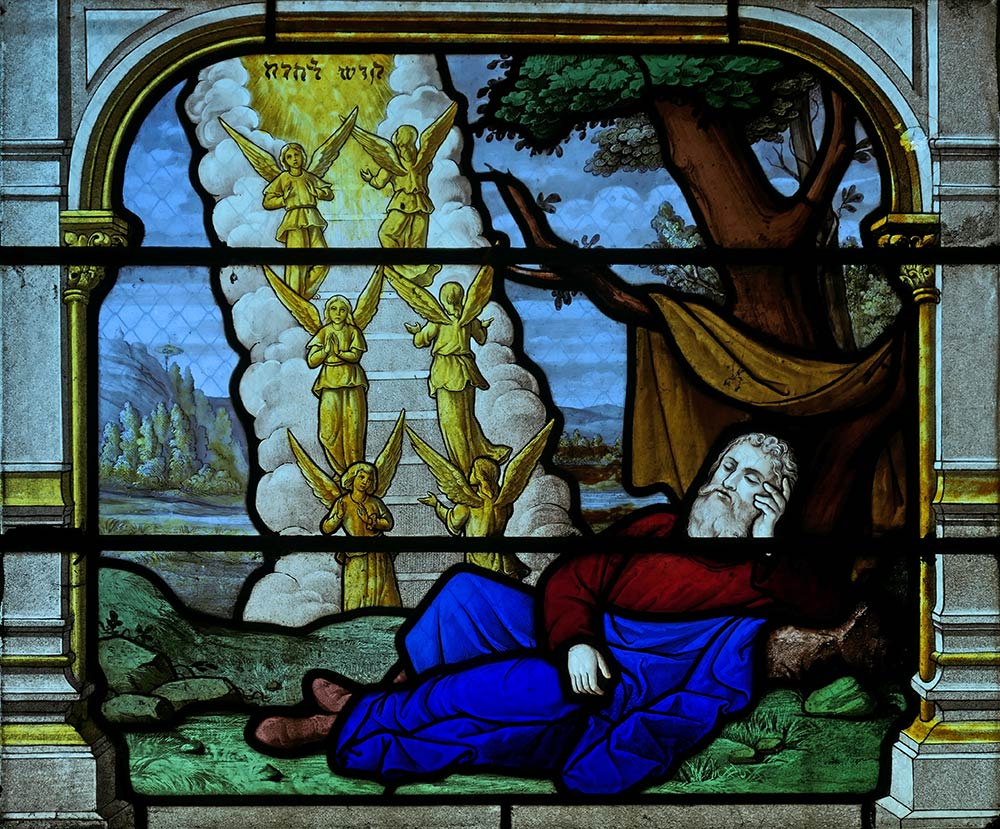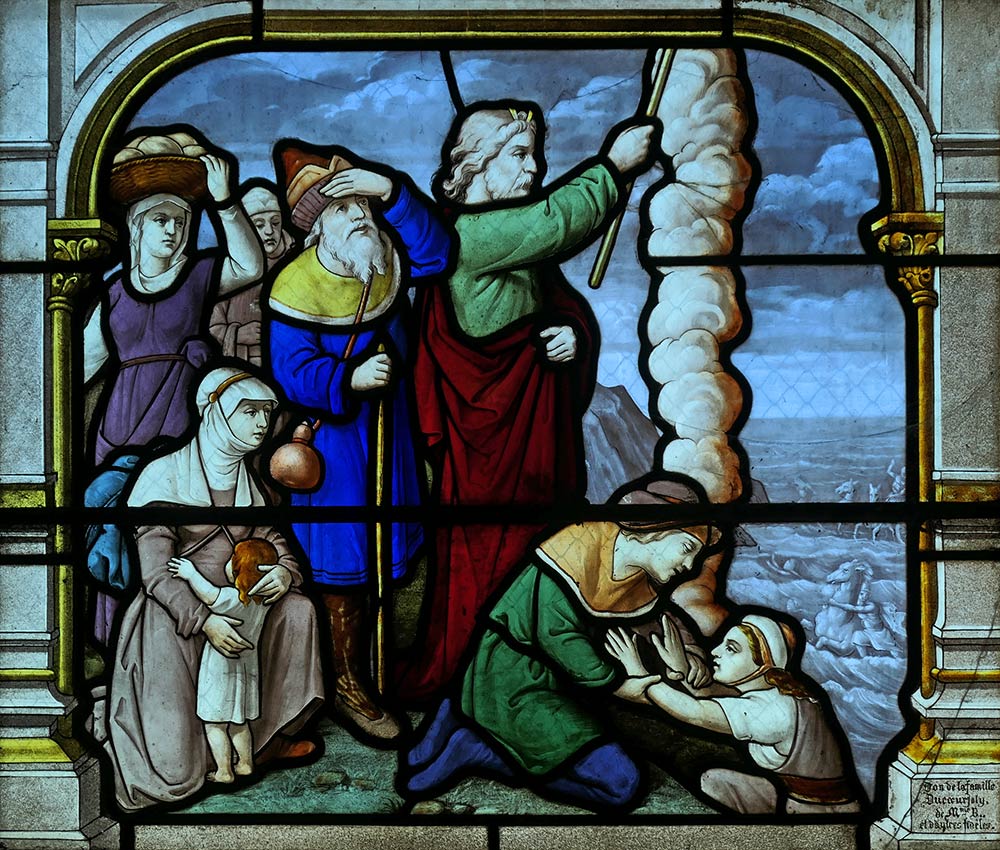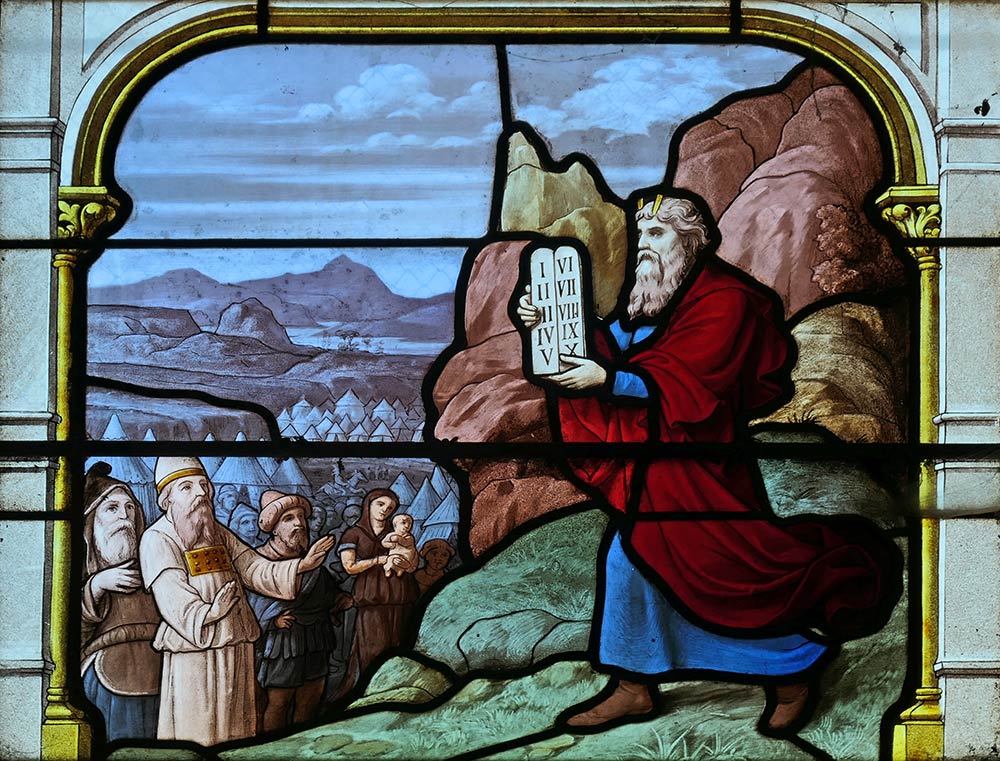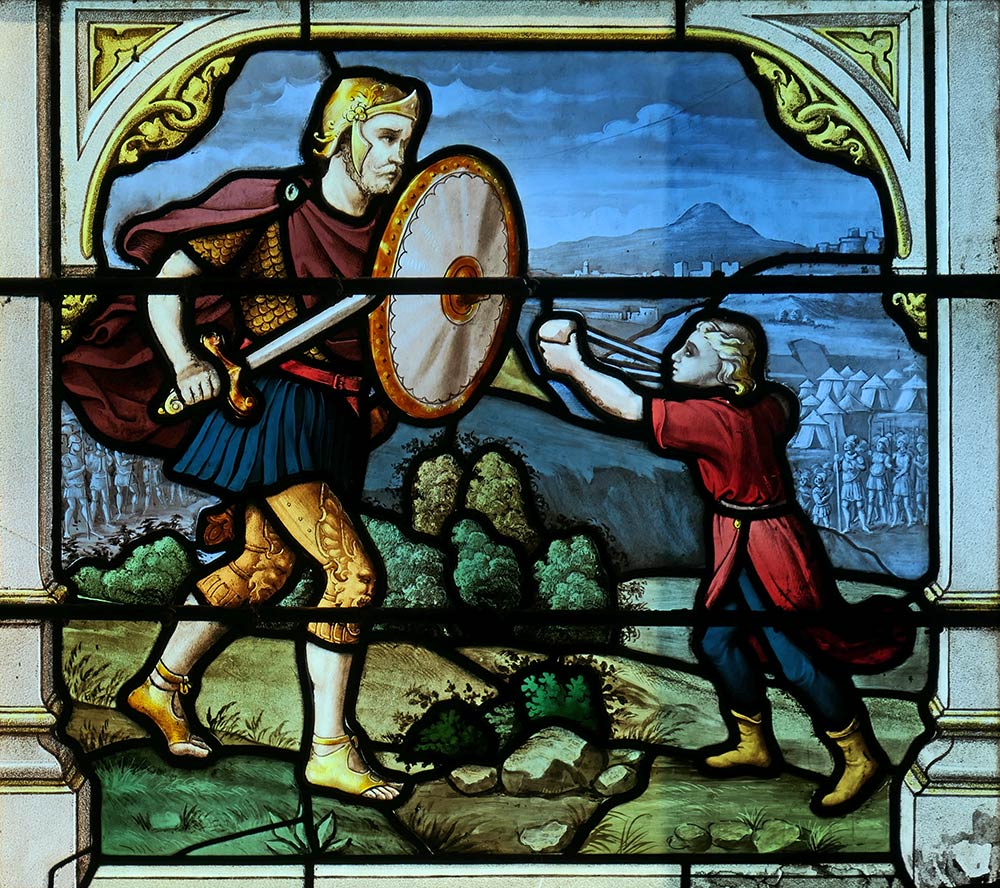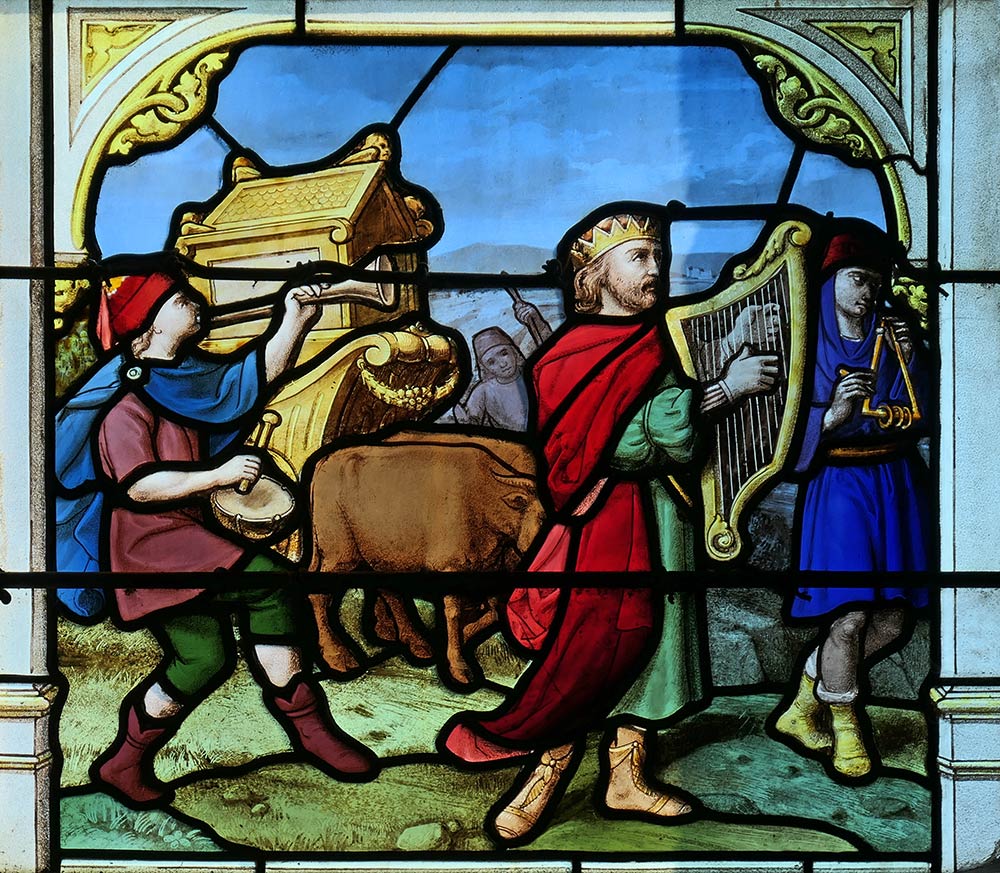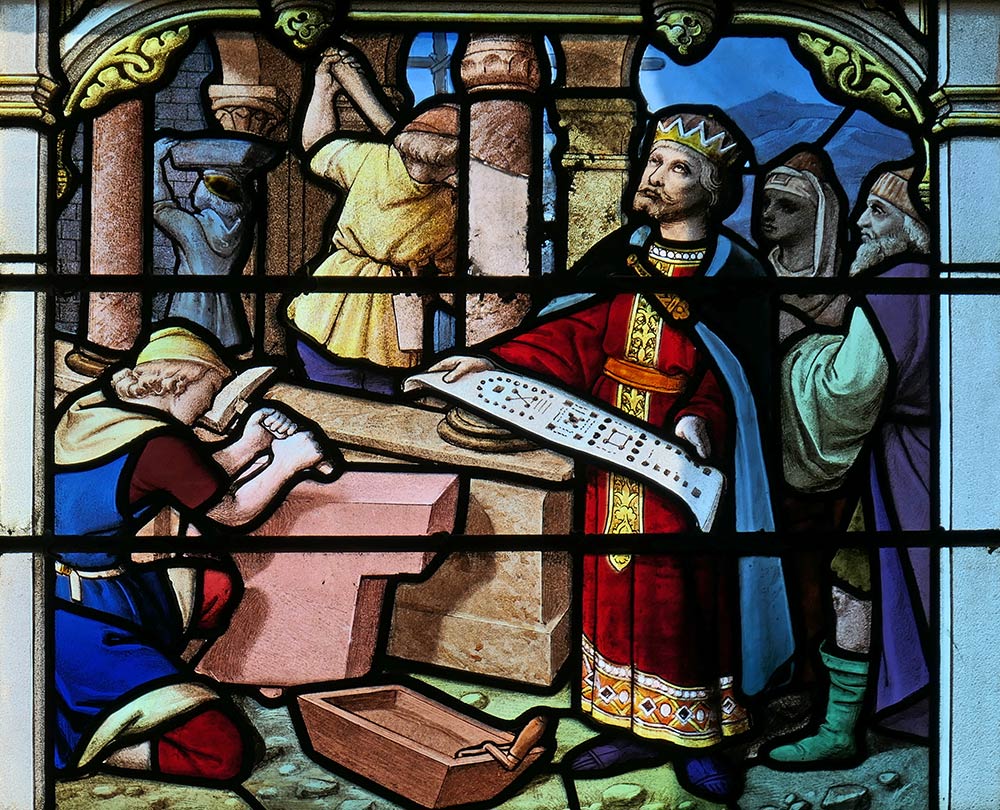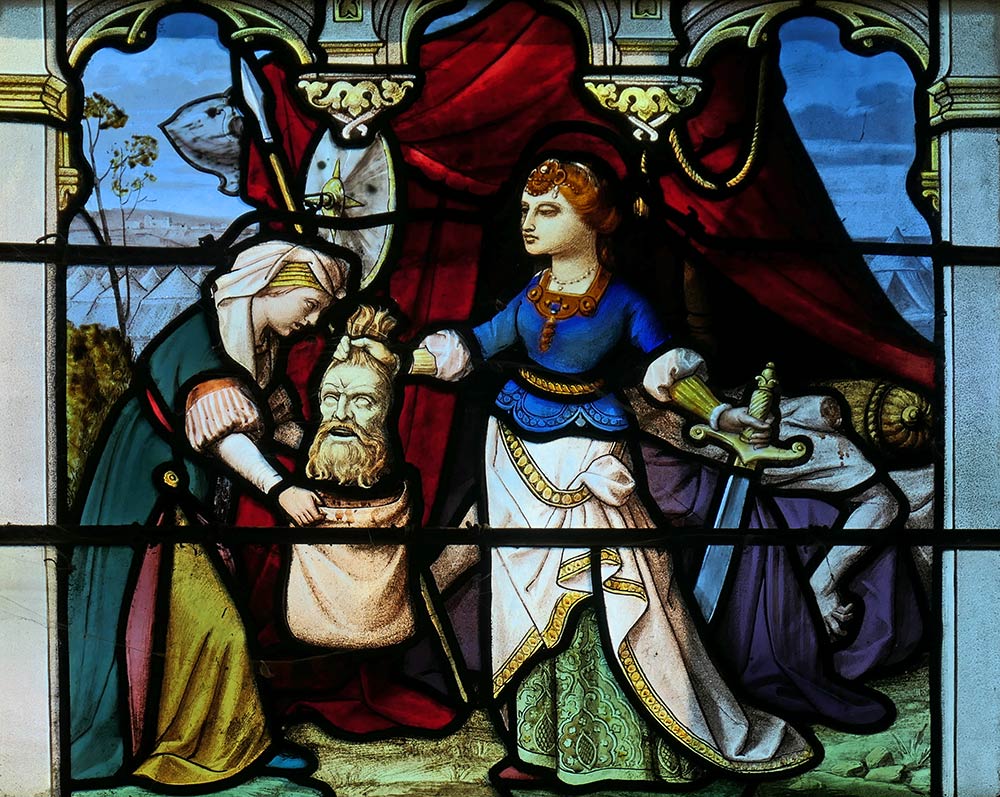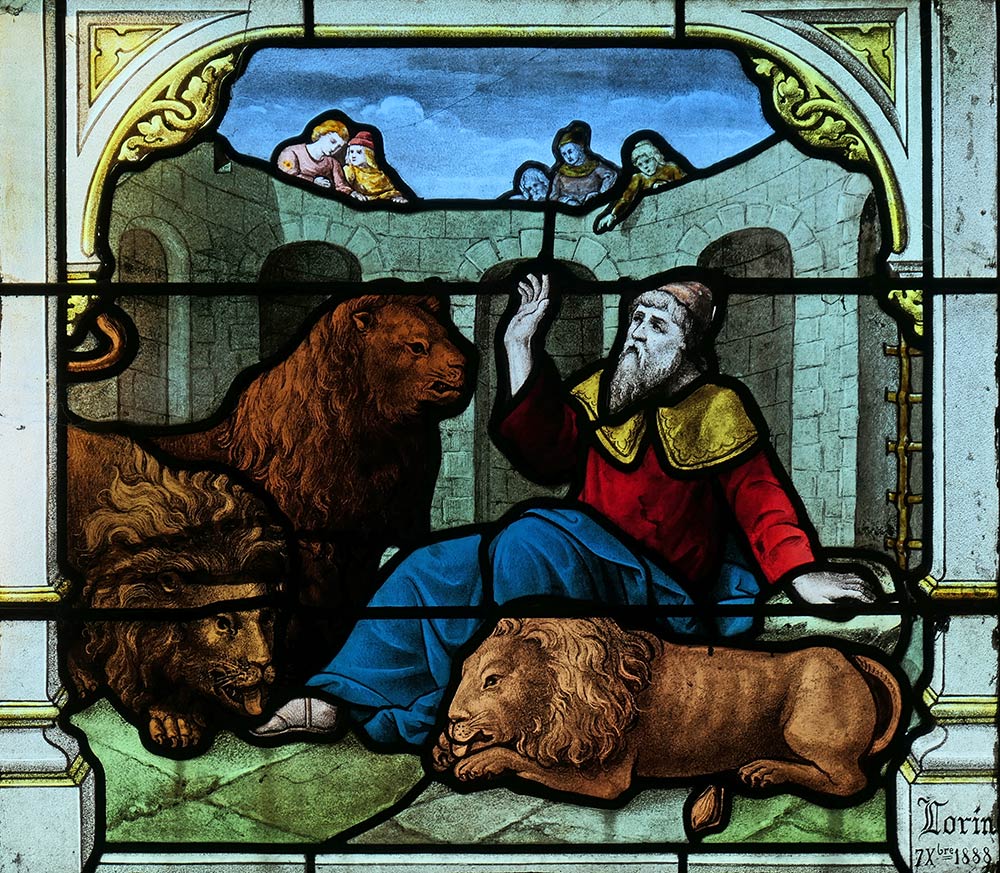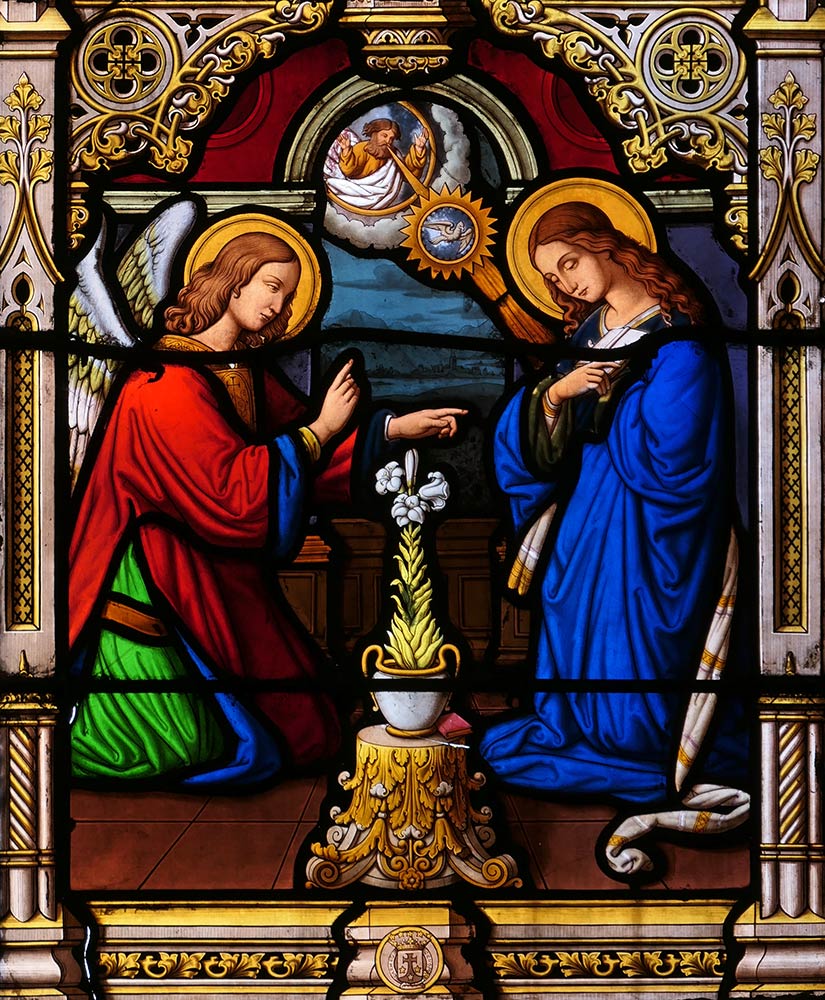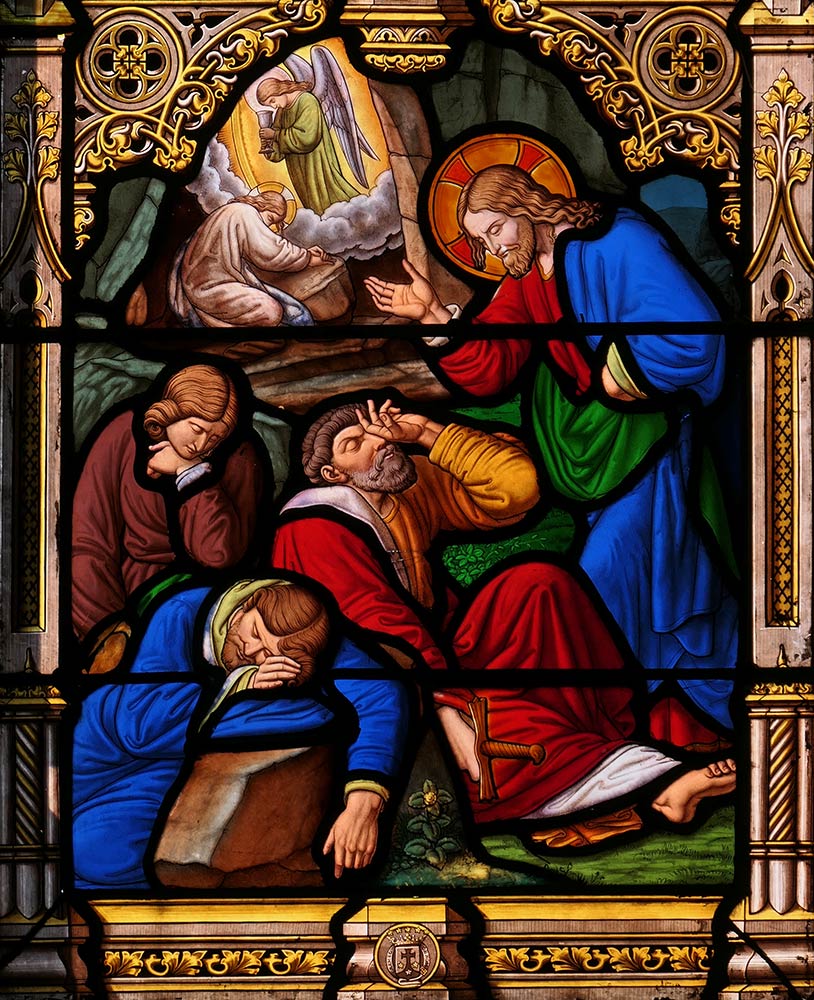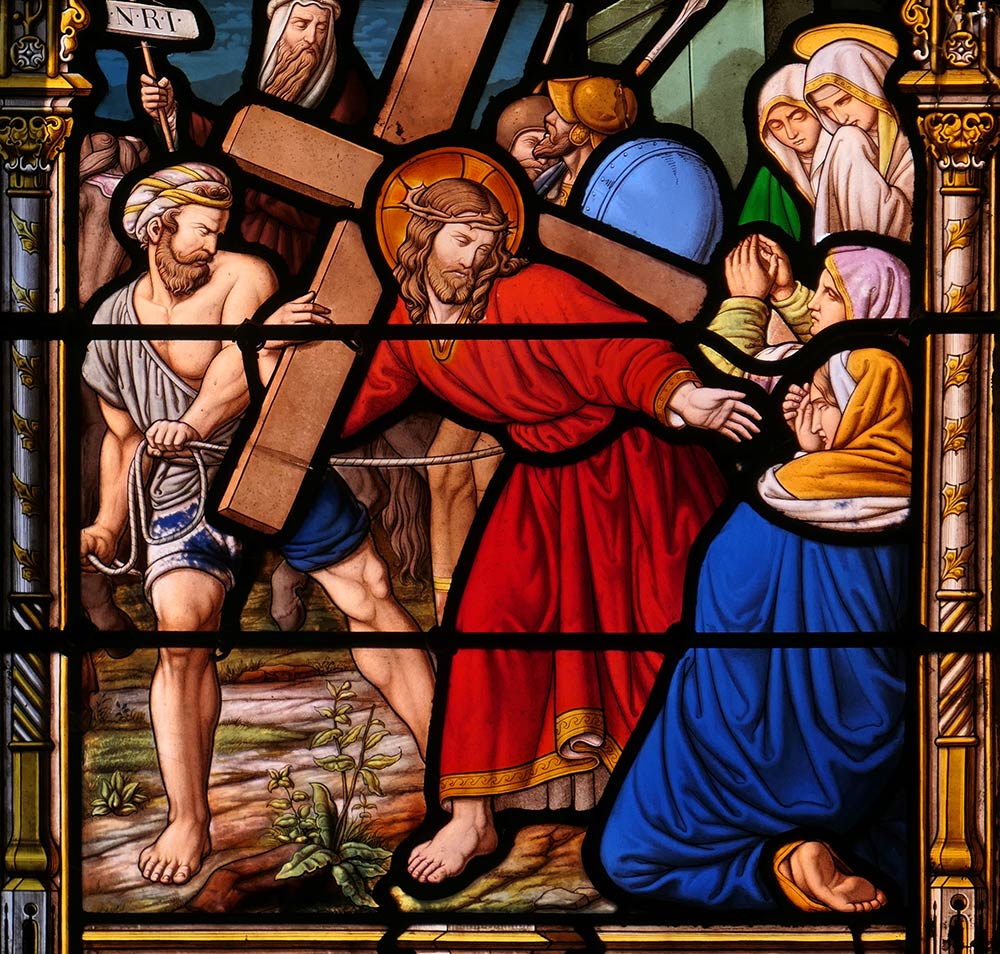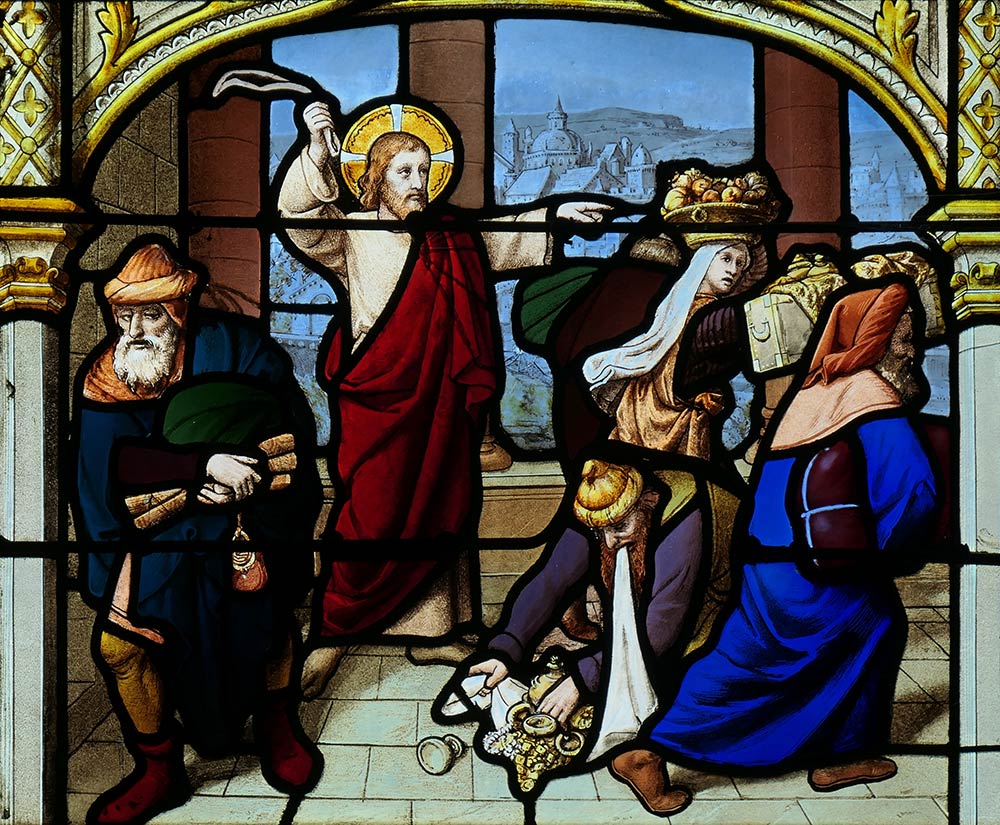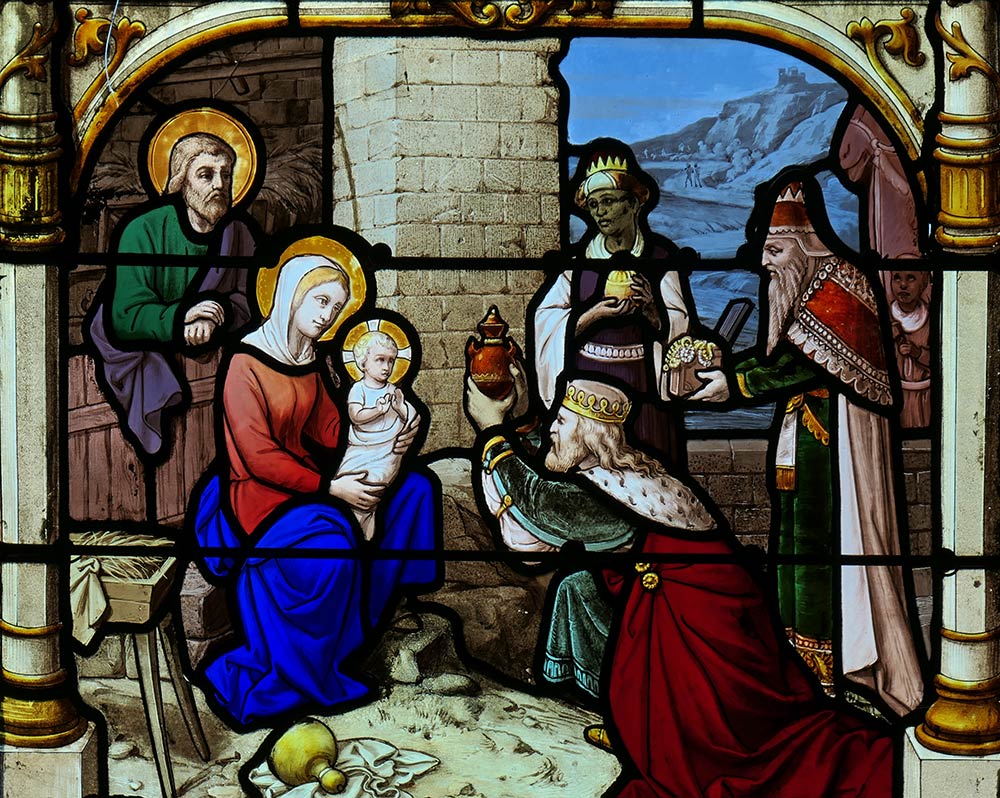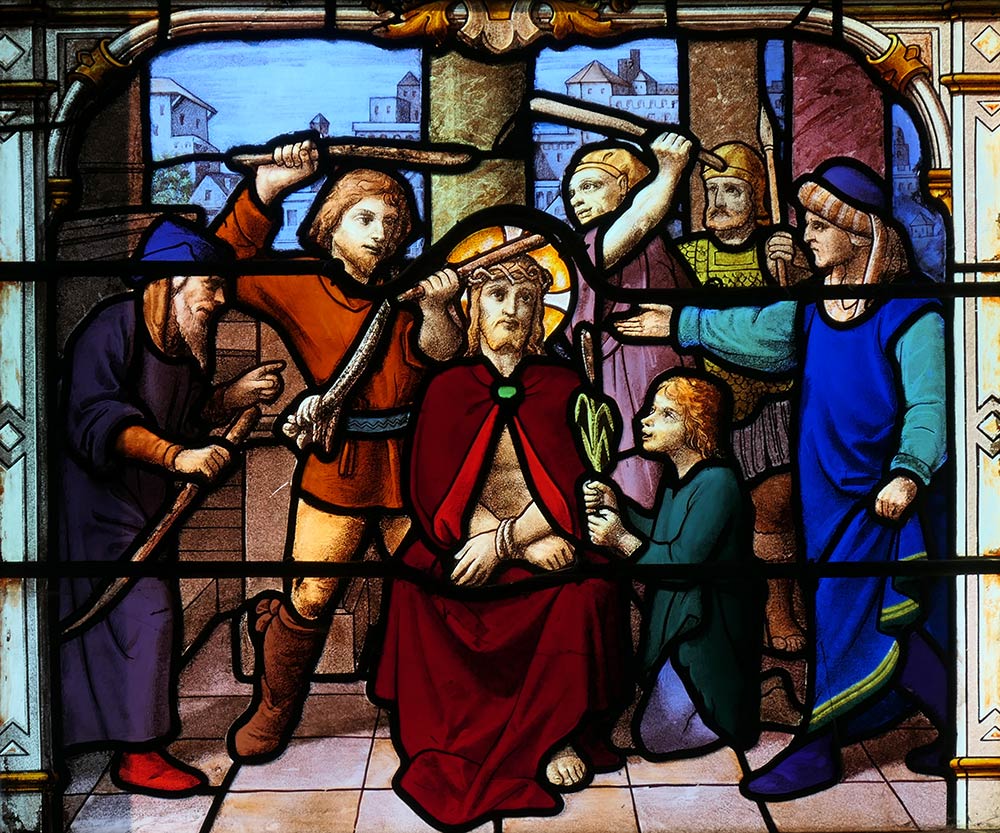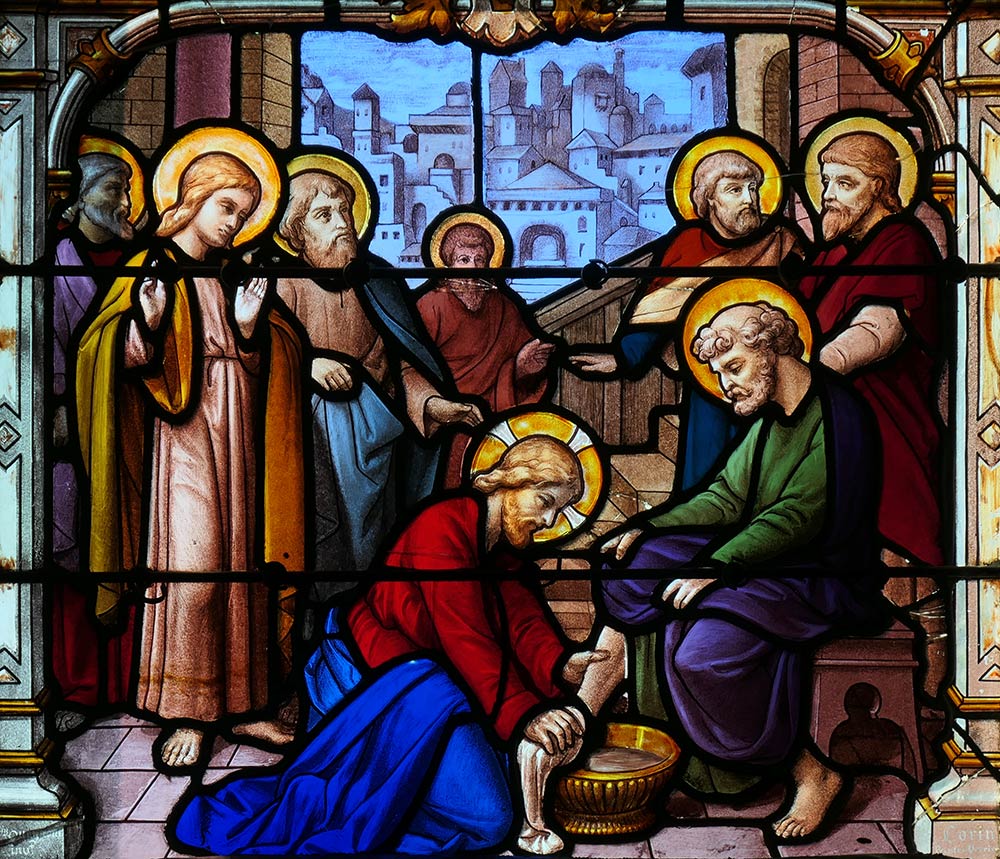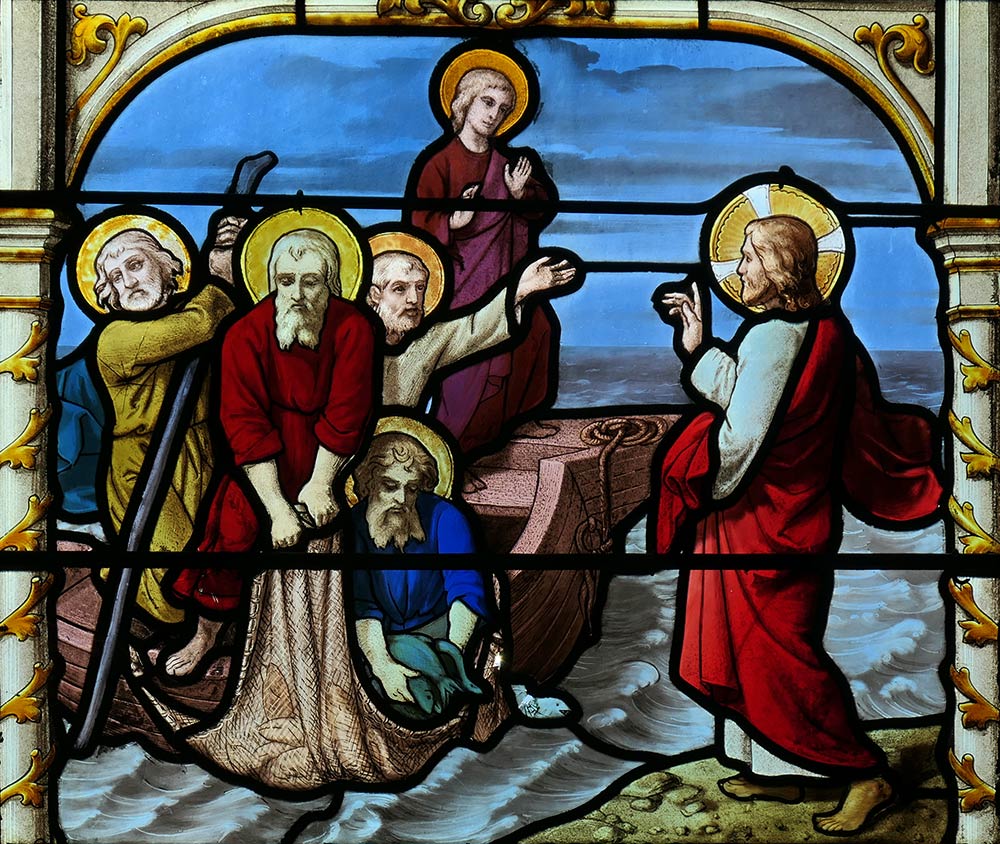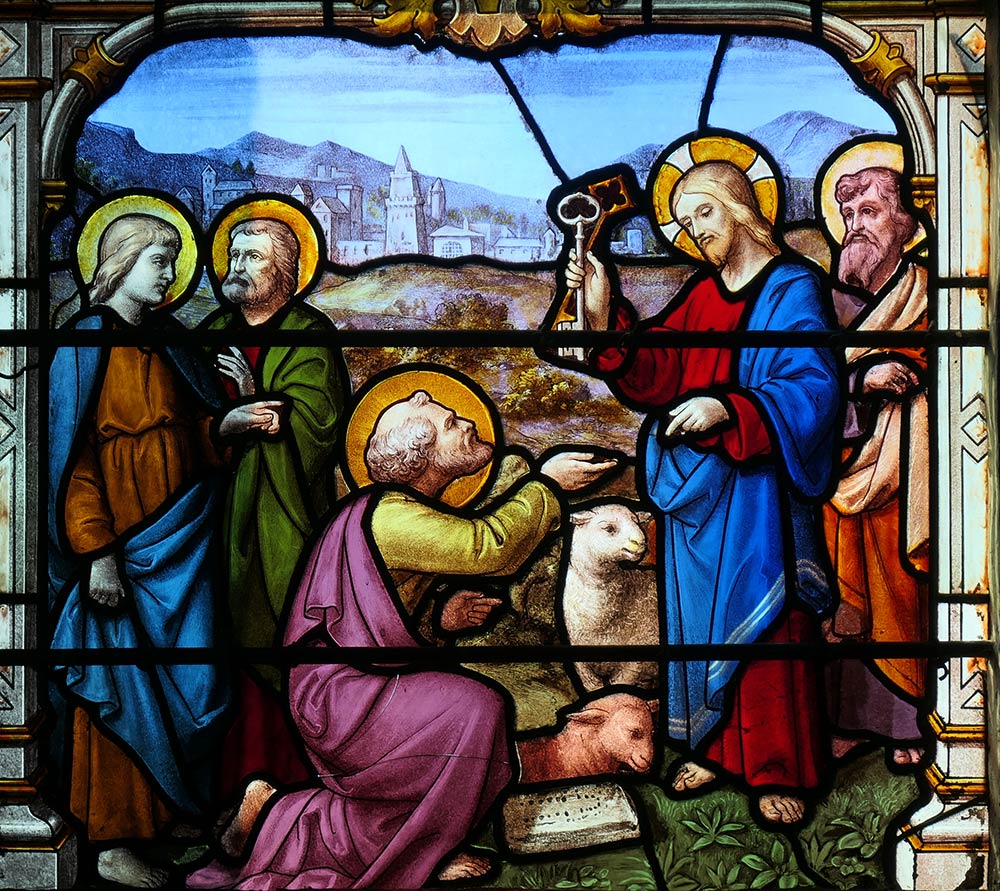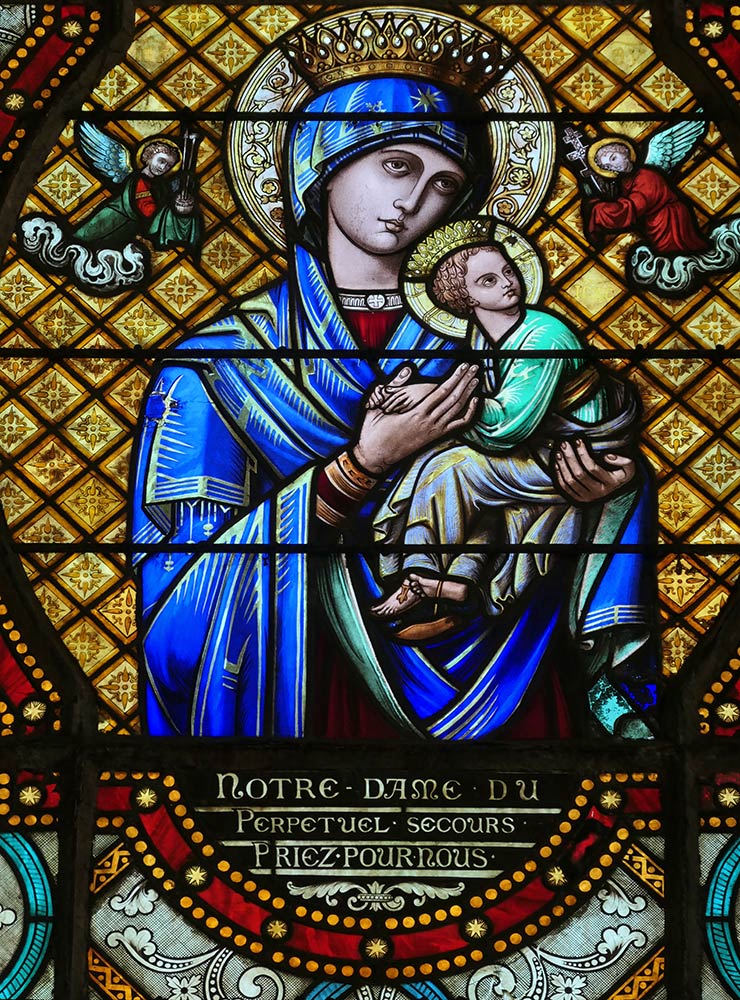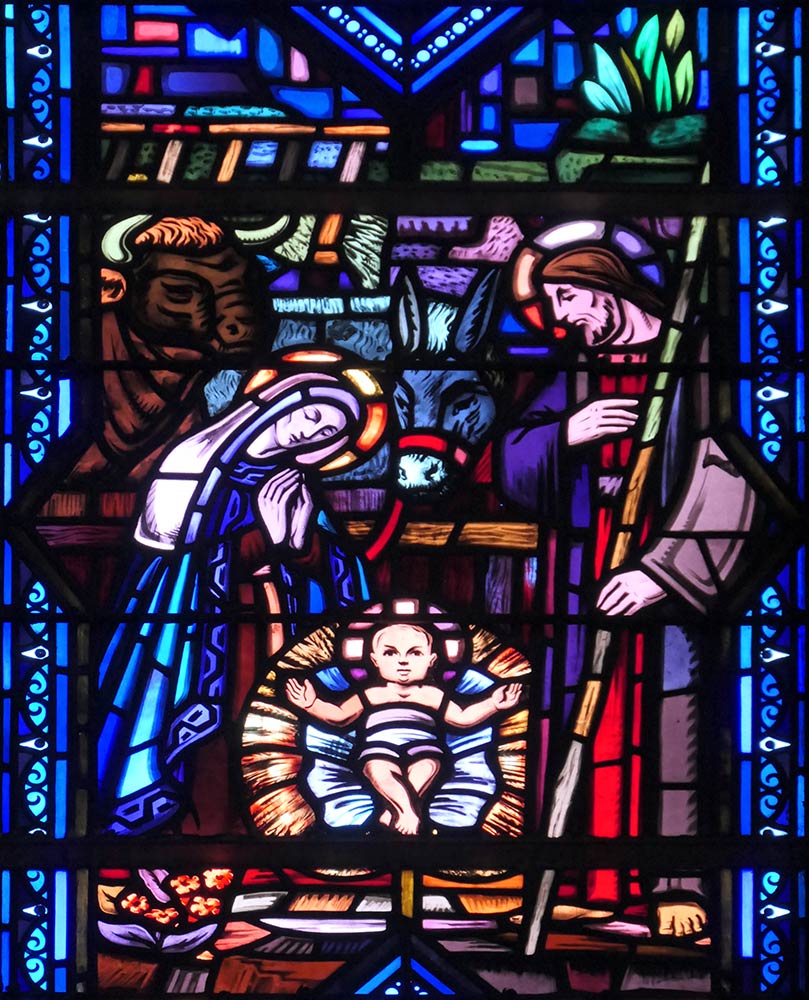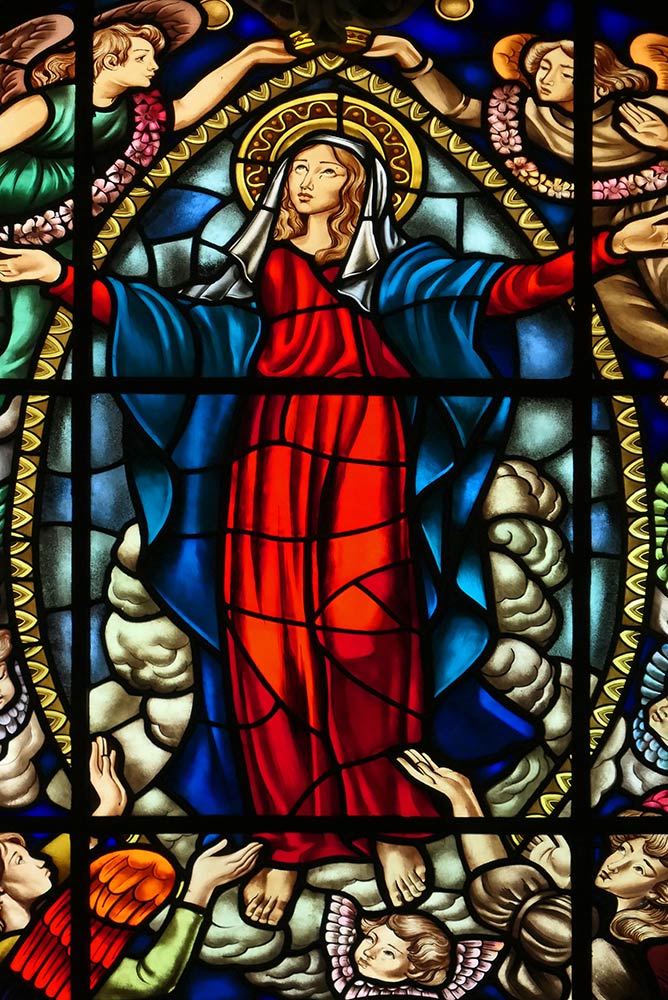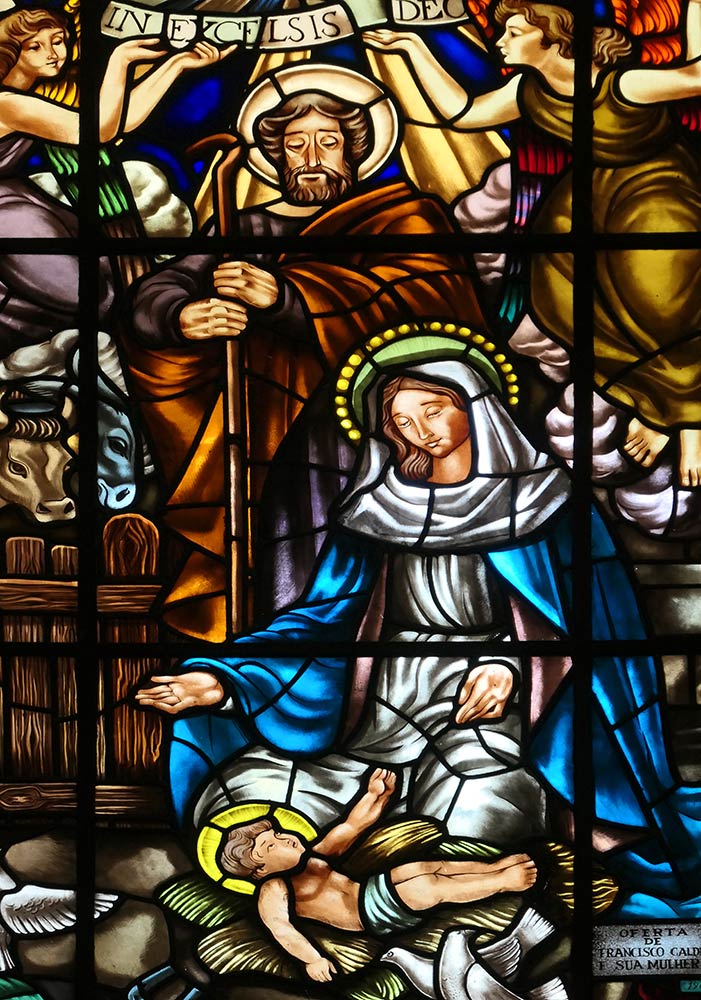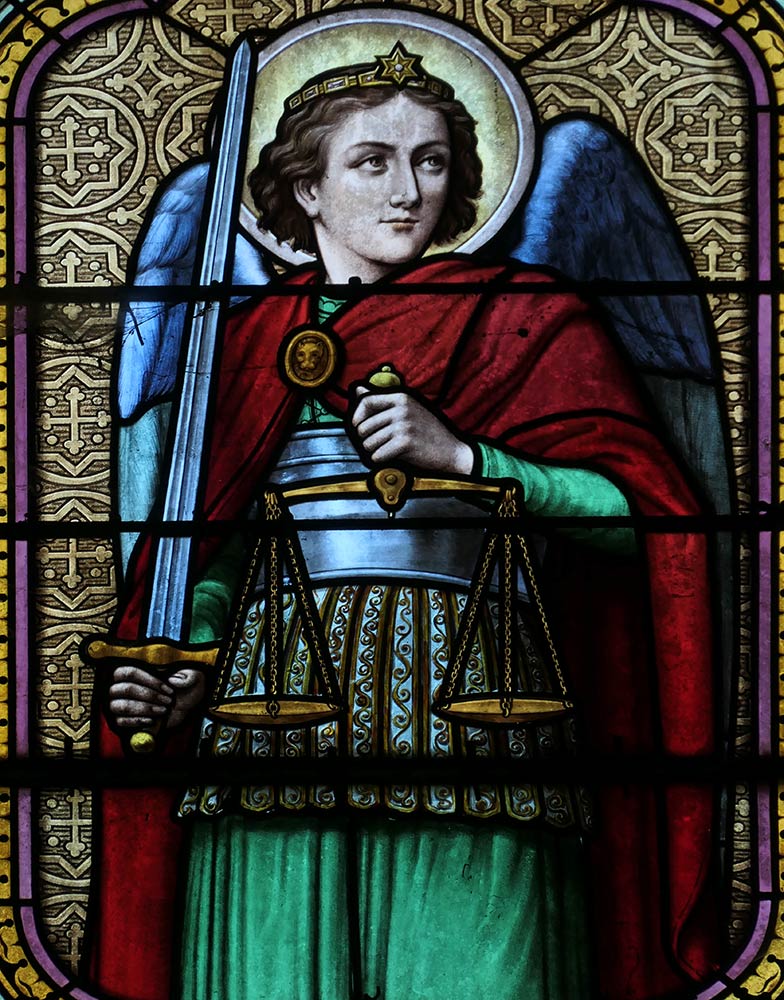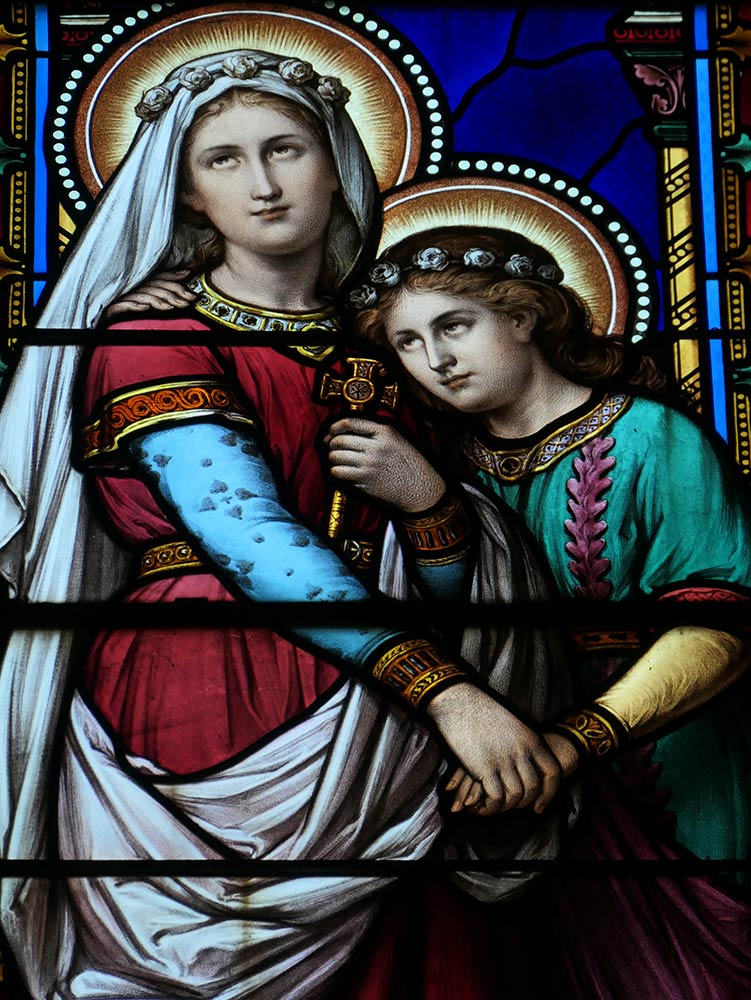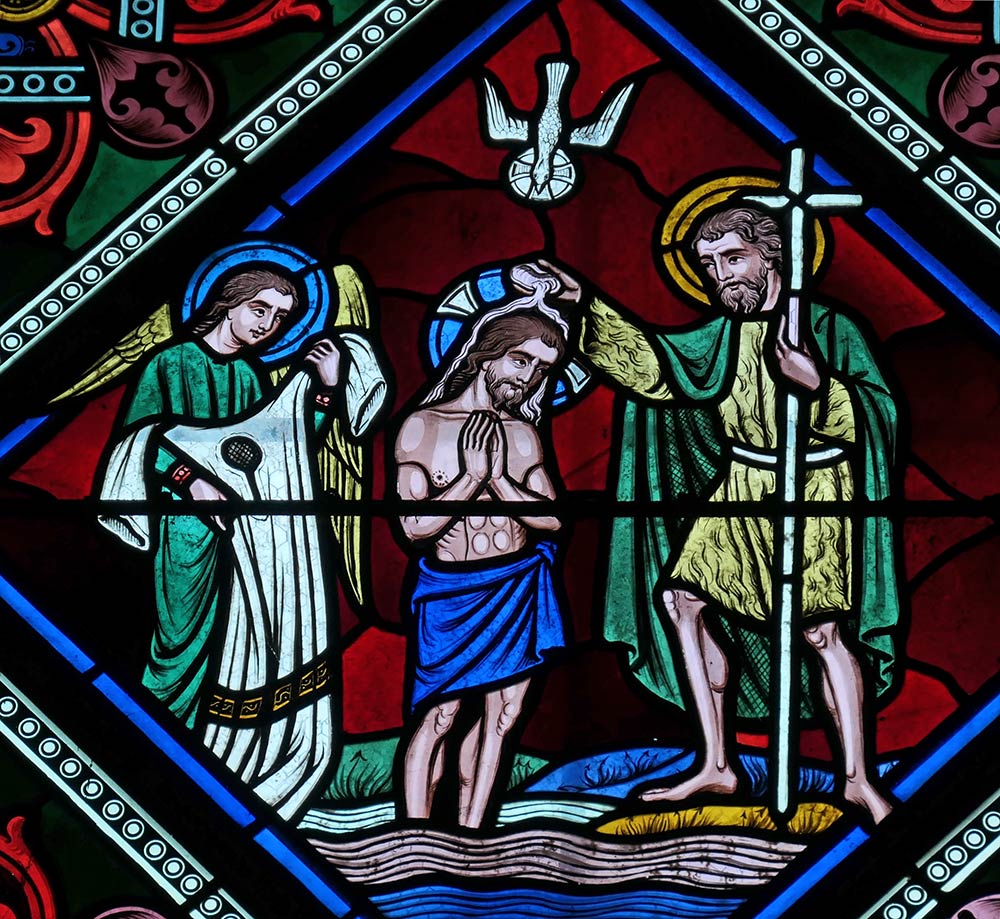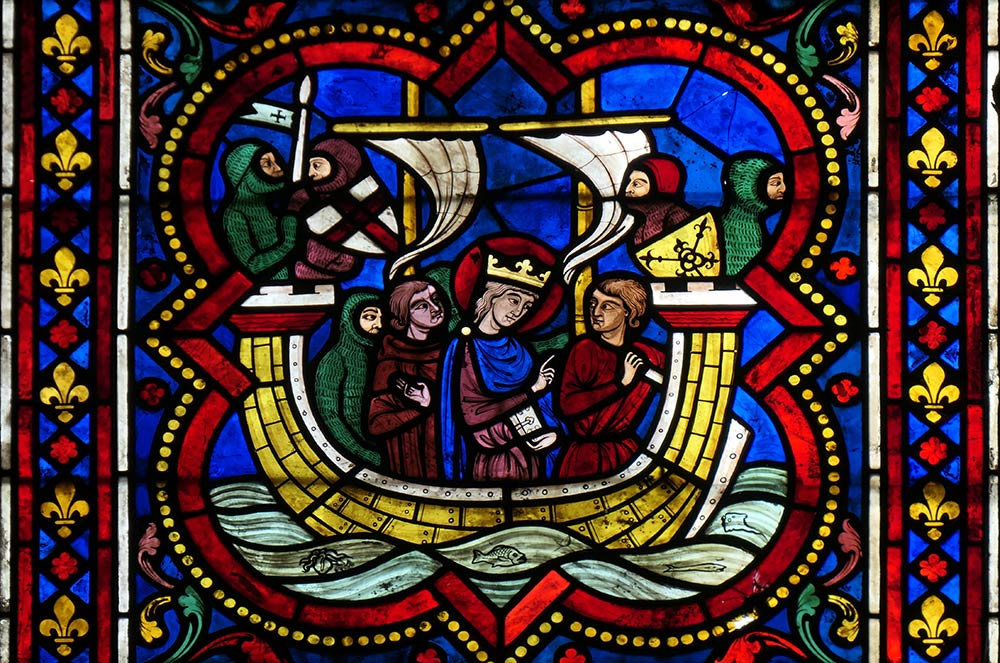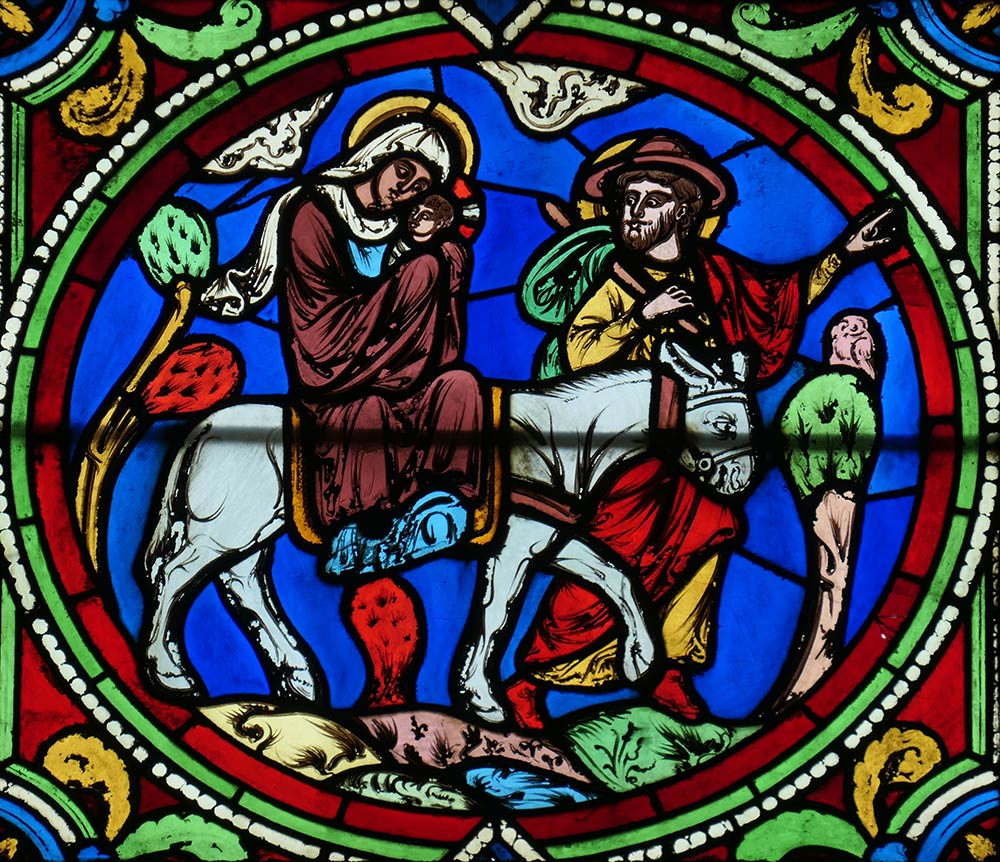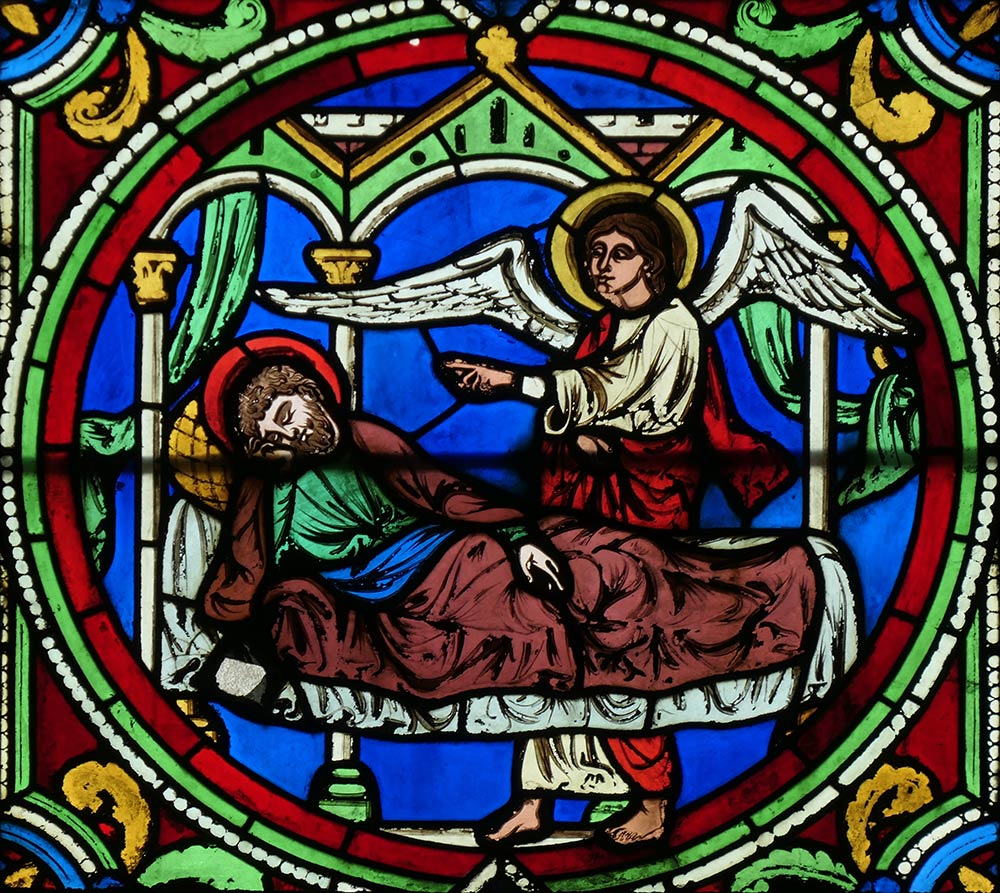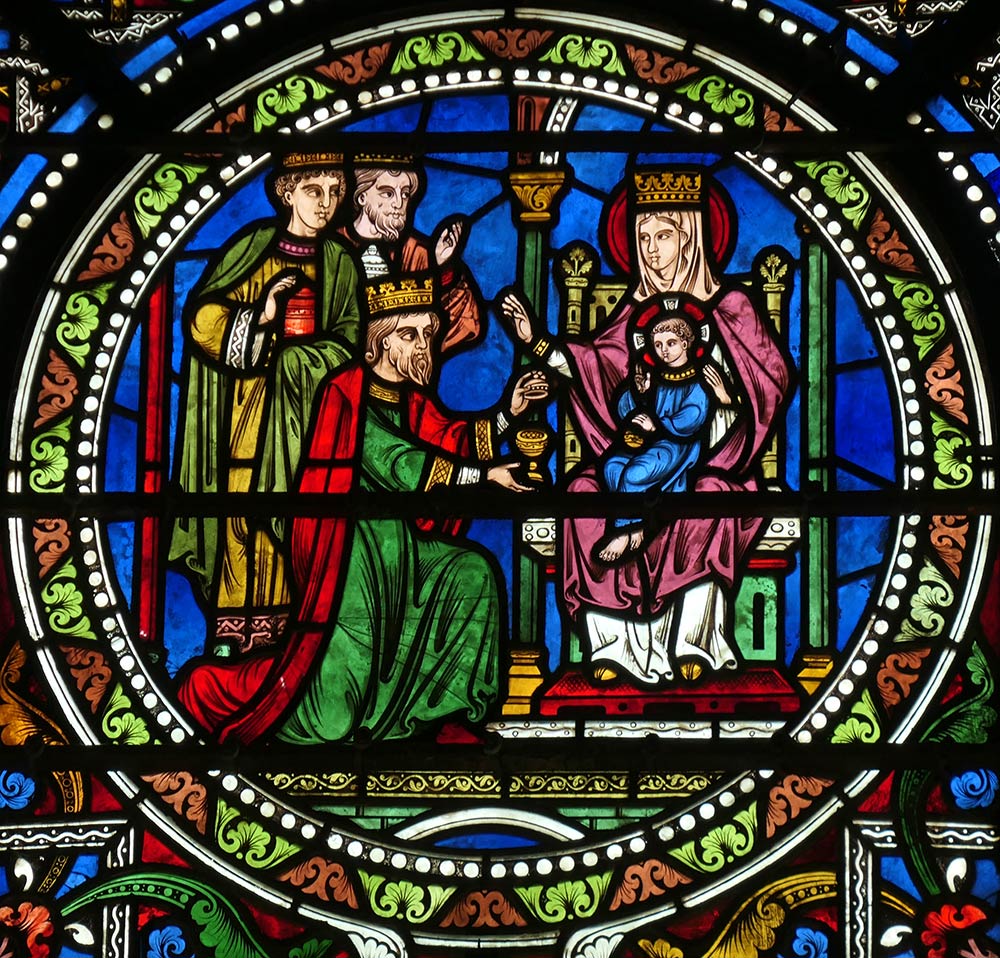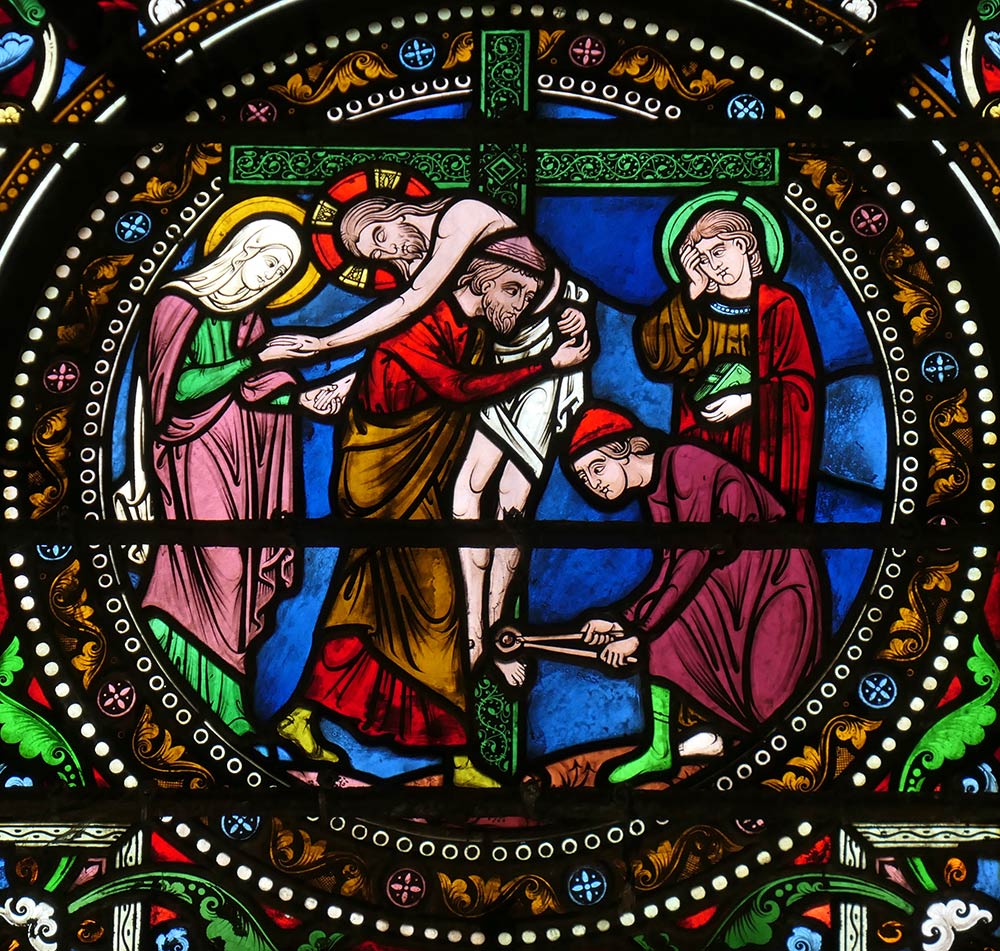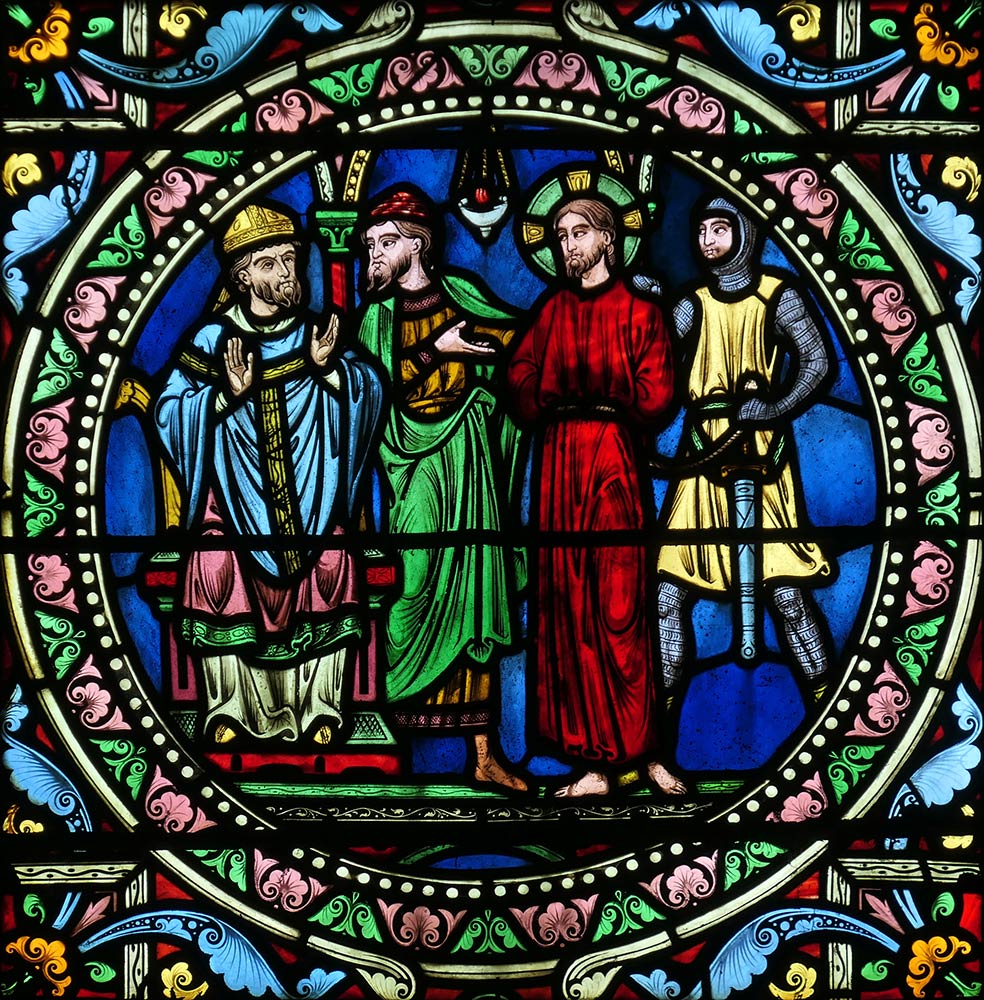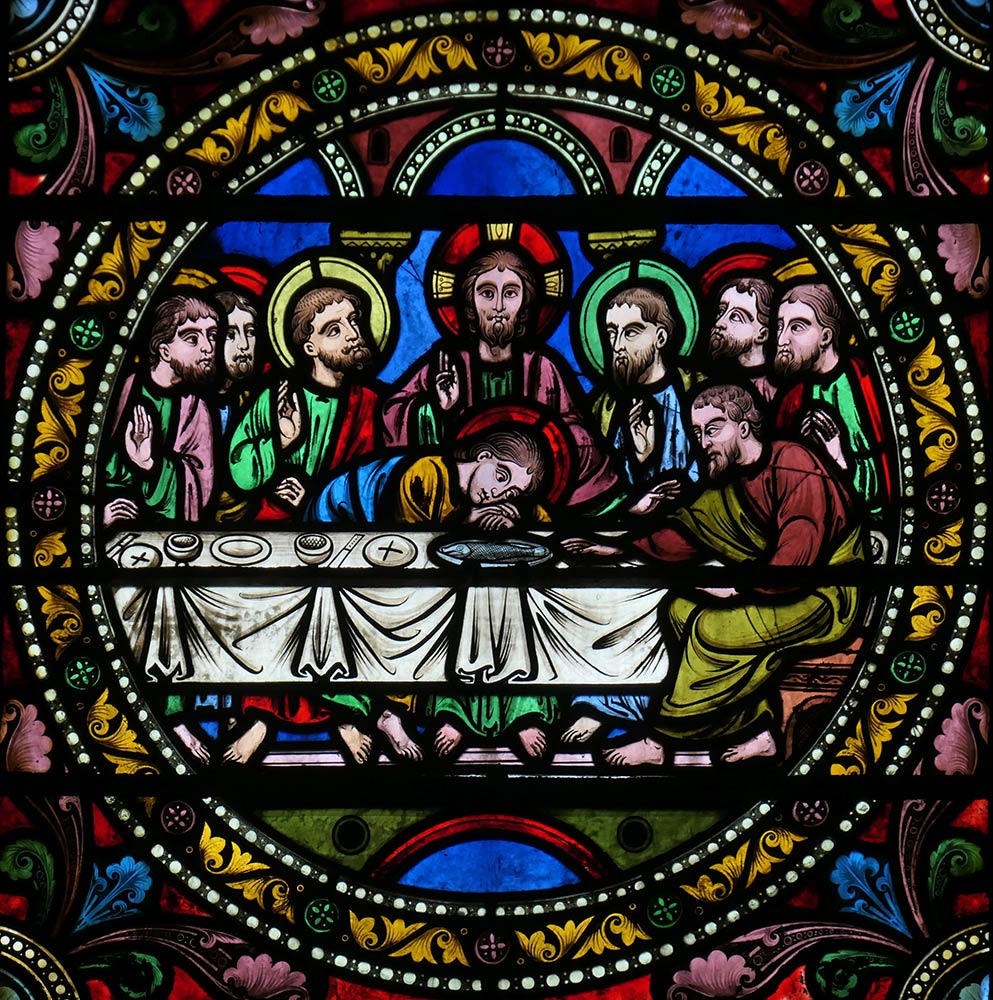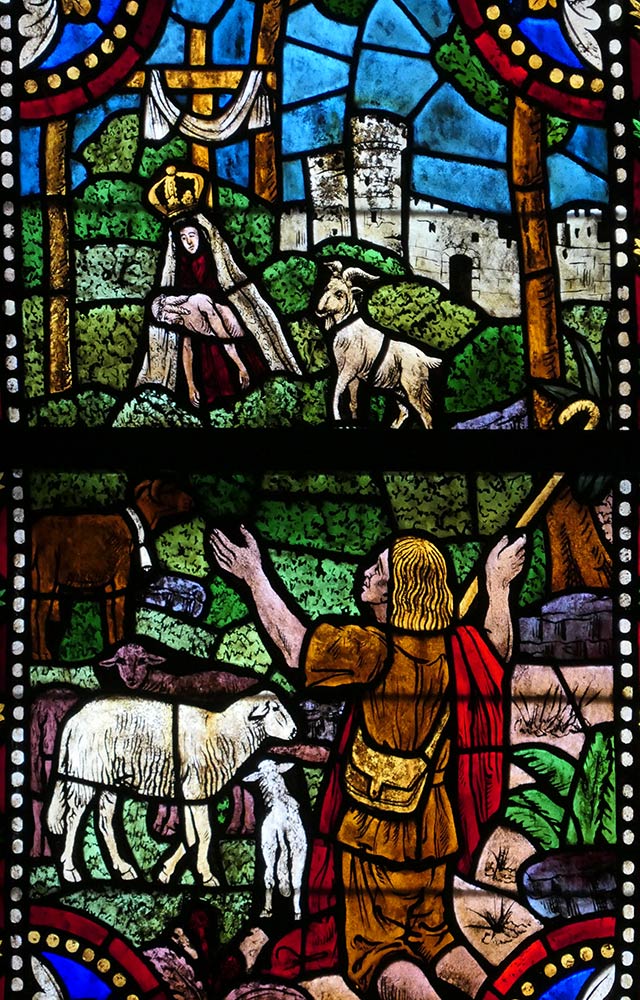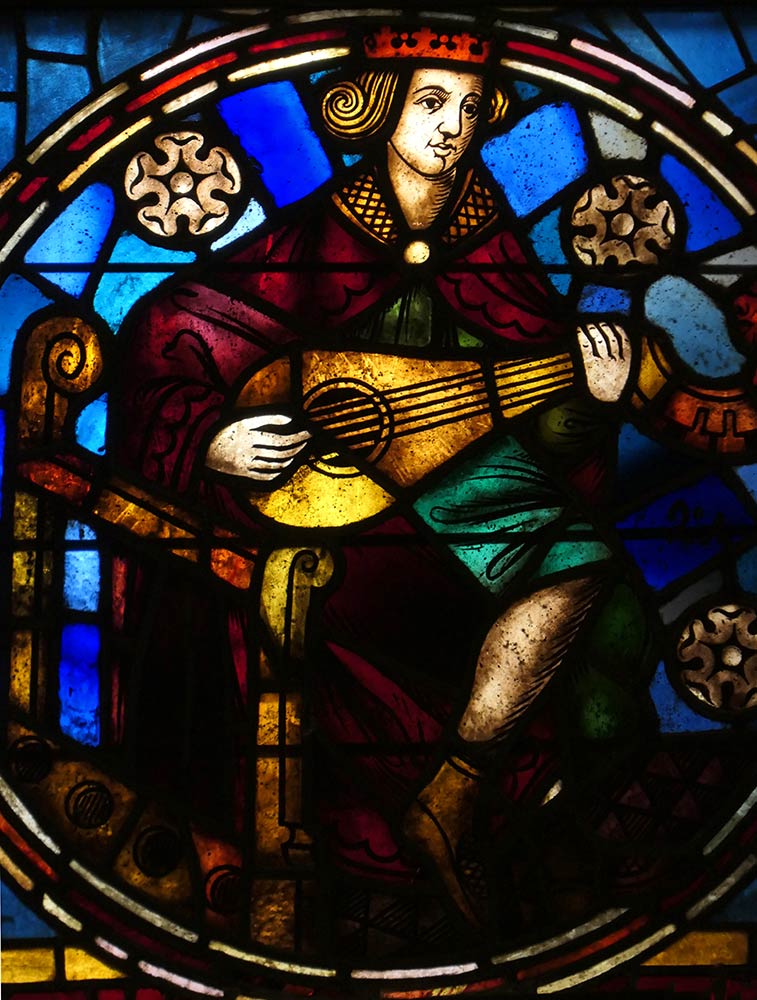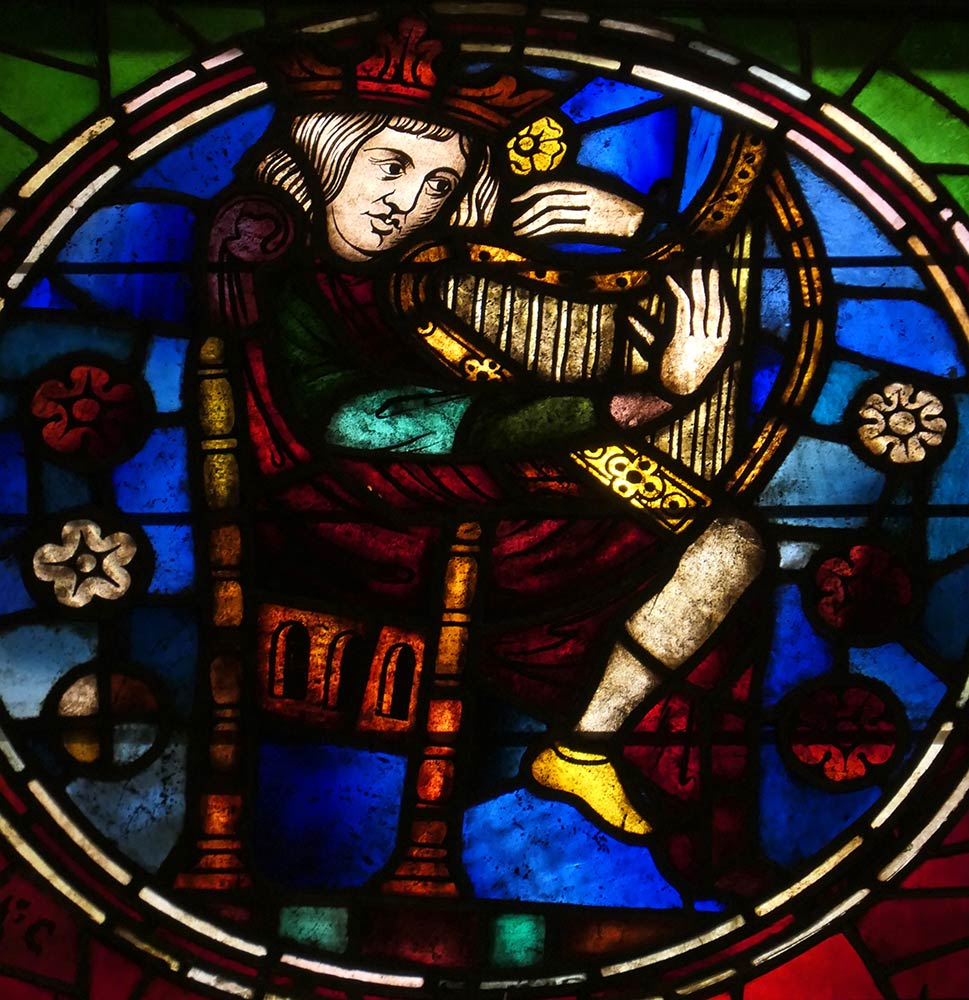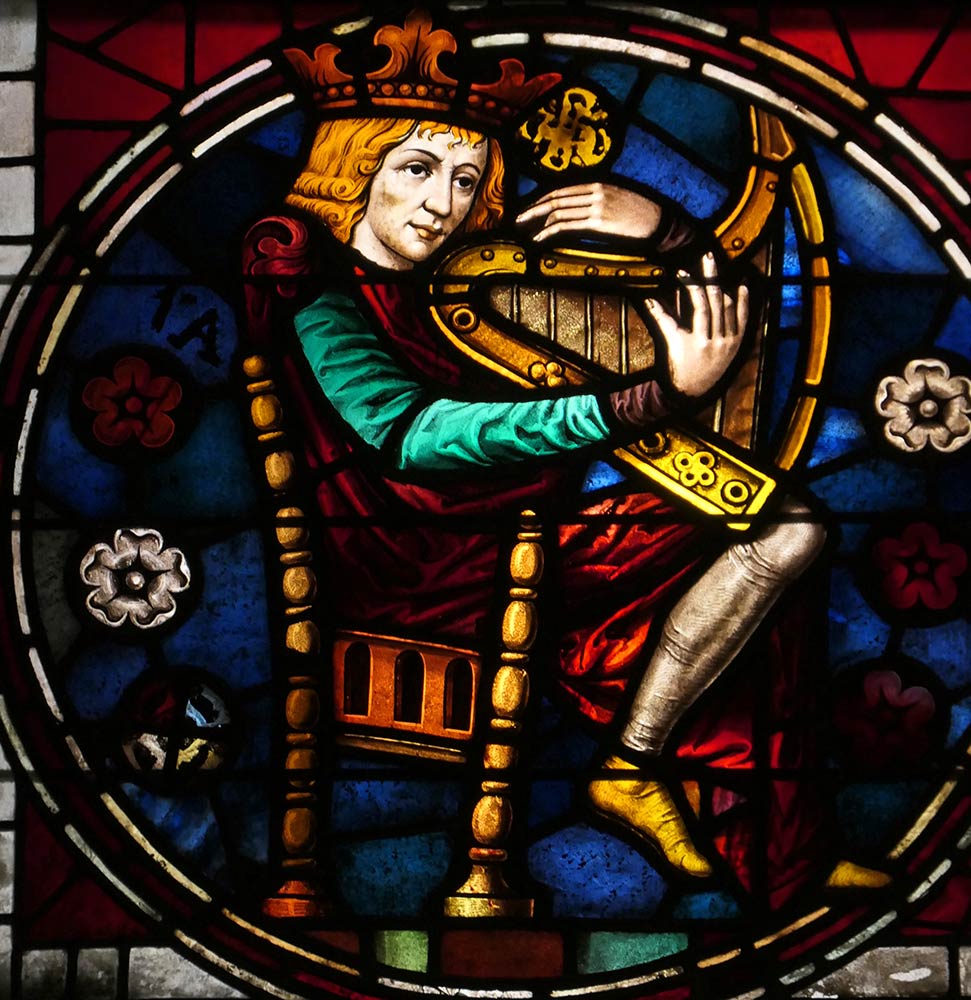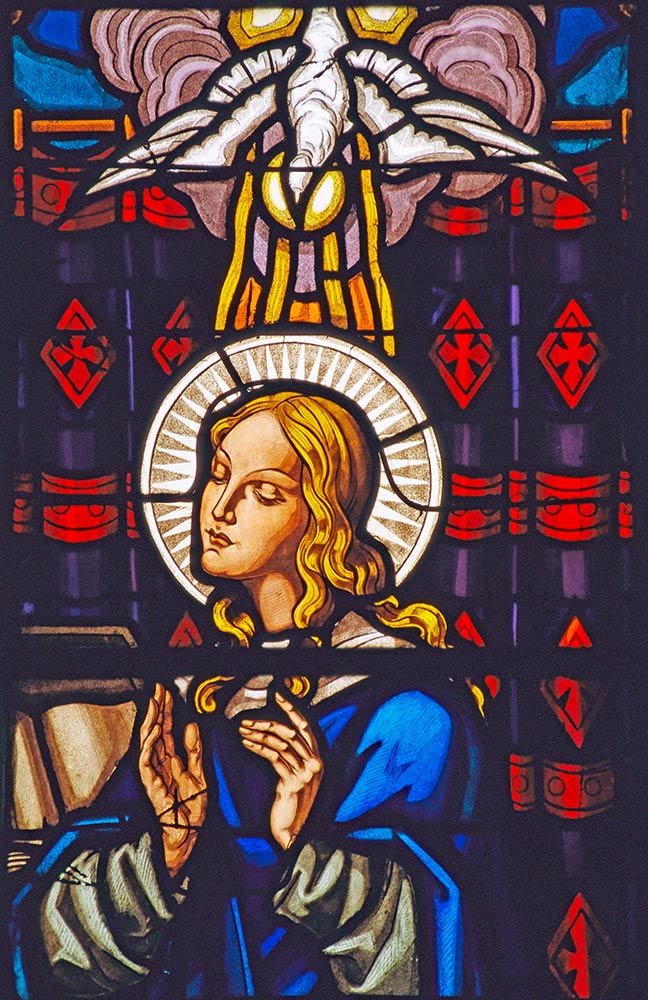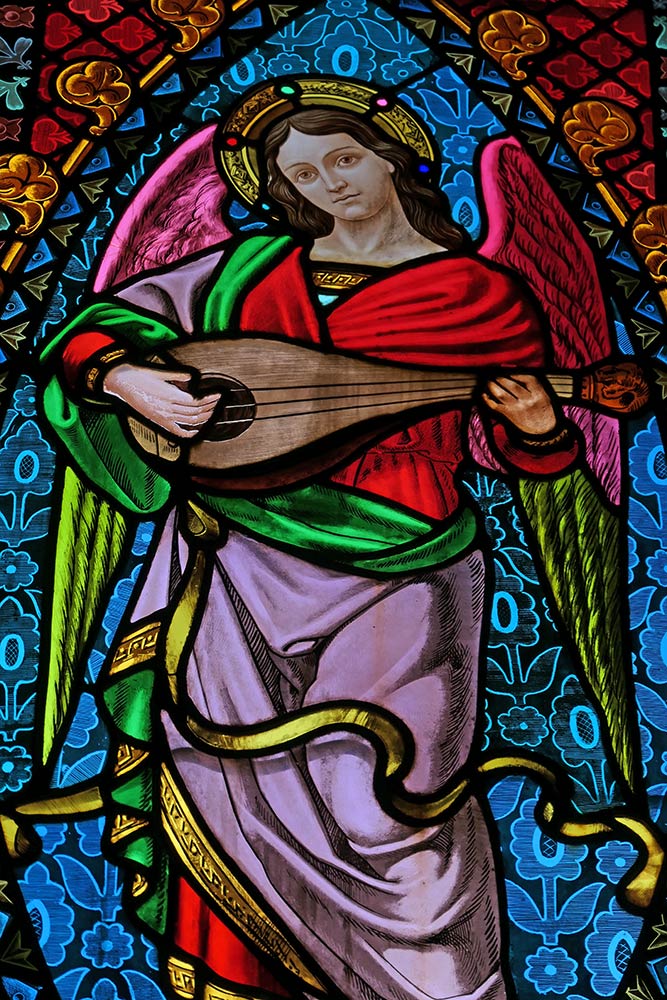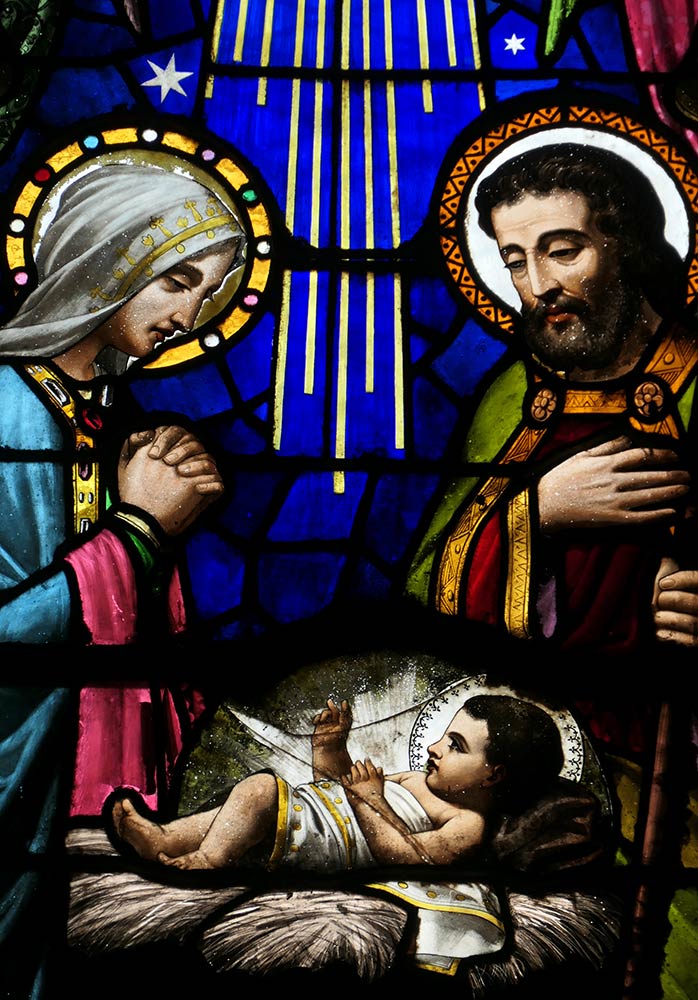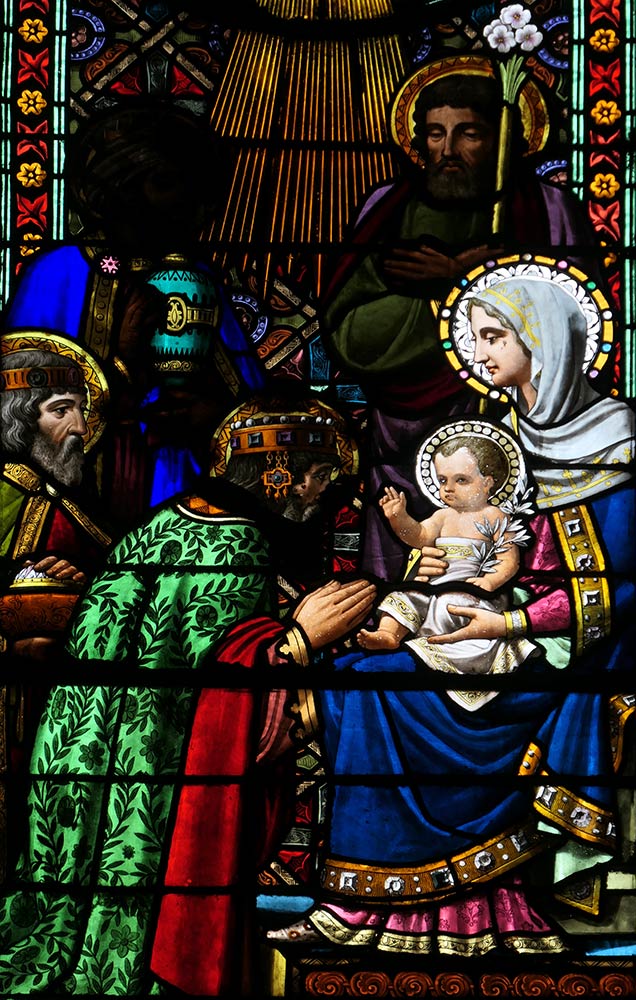Places of Peace and Power
The influence of Light and Color
Throughout the world, builders have utilized light and color to enhance the transformative power of sacred spaces. Candles, torches, and various fuel-burning lamps were used this way. Even today, with the near-universal use of electricity, it is not unusual to find hundreds or even thousands of candles lighting the dark interiors of Hindu, Buddhist and Christian pilgrimage shrines. The effect produced by such lighting can be truly enchanting. Clustered beneath golden statues of the gods and goddesses, myriad flickering candle flames simultaneously shower radiance throughout the shrine and within the pilgrim's heart.
Another illumination method was to guide the sun's light into the sacred spaces. Long before the development of glassmaking, builders created latticework screens that served as windows. Islamic architects, in particular, used this technique to fashion stone and wooden screens of the most exquisite beauty. With openings carved in geometric shapes and intricate designs, these screens brought dazzling beams of light into the dark interiors of the shrines. As the sun's angle changed with the passage of hours, shafts of light danced slowly across floors and walls, creating lovely patterns of light and shadow.
Colors were added to these magical displays by hanging long pieces of dyed silk and other translucent fabrics over the screens. Rays of sunlight are then shown through the colored fabrics to bathe the shrines in rainbows of color. Especially delicate screens had jewels placed within their lattice openings, and the sun's light became a carrier for each gemstone's particular vibration. With the advent of glass making, the lattice openings began to be filled in with small pieces of translucent, colored glass. With the further innovation of plate glass, entire windows of colored glass began to adorn the sacred places. This technique developed sublimely in medieval Europe's Romanesque and Gothic pilgrimage cathedrals.
Builders at sacred sites have long used the colors of the spectrum. While the therapeutic and spiritual uses of colors are nearly unknown in modern times, various early cultures had a refined knowledge of the subject. The ancient Egyptians, Babylonians, Persians, Greeks, Chinese, Indians, and Mayans all recognized that different colors effectively treated both physiological and psychological ailments and contributed to the awakening of spiritual insight. In esoteric Hinduism, for example, the seven psycho-spiritual energy centers of the human body, called chakras, are each associated with and stimulated by one of the seven colors of the rainbow.
These colors were extensively used within temples, particularly in the adornment of deities, according to precise combinations indicated in secret texts. Because each color held a specific vibration, mixing colors produced a visual symphony of vibrations like an orchestra combined the sounds of many instruments. Research indicates that the builders of Mayan pyramids and ceremonial structures frequently used this science of color combination. Centuries and the ravages of the elements may have stripped temple surfaces, yet interior frescos reveal that many temples were once painted, both inside and out, in a range of splendid colors.
Stained Glass Windows Gallery
Click any image to enlarge.
Table of Contents

Martin Gray is a cultural anthropologist, writer and photographer specializing in the study of pilgrimage traditions and sacred sites around the world. During a 40 year period he has visited more than 2000 pilgrimage places in 160 countries. The World Pilgrimage Guide at sacredsites.com is the most comprehensive source of information on this subject.
